|
I am working on a travel book about African safaris and will be posting a few more entries to our Safari Series as a consequence. For now, here's our encounter with the hippopotami. THE HIPPOPOTAMUS IS one of Africa’s most feared animals. Weighing in at close to 3,000 pounds, it has an aggressive and unpredictable temperament. They are also, despite their weight and short legs, able to run at speeds up to 19 miles per hour over short distances. For us, however, they had been an elusive background creature with our only sightings being from a distance around the marshes in Amboseli National Park. So, we were excited when we learned, on our arrival, that a pod of hippos lived in the river just behind Lion Camp. Unfortunately, our raised expectations went unfulfilled for the first couple of days. Then our proximity was confirmed on an after-dinner game drive when our spotter’s searchlight found several grazing in the grass not far from camp. (Safari Series: African Night.) We stayed a respectful distance away. They are at their most unpredictable and dangerous when they are out of the water. A good way to get trampled is to get between them and the water. On our third day in camp, we stopped mid-morning above a river for breakfast. The embankment on our side was steep, more than eight feet, and sheer, falling straight down to the river. Upstream, the river widened, and the embankments were more modest. Standing on shore there were two hippos grazing in the grass. We could hear the rest of the pod in the water beneath our picnic spot before we could see them. As we set up breakfast, we would hear their snorts as the came to the surface and exhaled. To see the pod, we had to walk close to the edge of the embankment and look down. There in the water were more than a dozen hippos gathered loosely together. Further downstream an enormous crocodile was napping on shore. Some of the hippos were wading with their heads just above the surface - eyes, ears and nostrils visible but nothing else. Others were underwater until they surfaced and exhaled through their noses. For some quirky reason, the sight brought back to mind an old novelty Christmas song from 1953 about a girl who wants a hippopotamus. Performed by Gayla Peevey, the lyrics included this stanza: I want a hippopotamus for Christmas Only a hippopotamus will do No crocodiles, no rhinoceroses I only likes hippopotamuses And hippopotamuses like me, too But then this moment was quickly dashed. Our spotter walked to the edge of the embankment and kicked a clod of dirt down to the river. The resulting splash woke the hippos from their drowsy repose and set them in a rage. All eyes turned to the disturbance and we could feel their aggression as they rushed at the embankment. This is not part of the aggression. It occurred later and is just a yawn by one of the bigger hippos. For a mostly herbivorous creature, those are some serious incisors. The stare below is what we received for several minutes after we rudely interrupted their peaceful river. You might think of the hippopotamus as the Rodney Dangerfield of Africa’s big animals. Rodney was an American comedian who made a living telling jokes about how he never got respect. Hippos could claim that disrespect as well. Despite their size and ferocity, the hippo fails to make the short list, or Big 5, of African game. That honor is reserved for the elephant, cape buffalo, rhinoceros, lion and leopard. After their reaction to the dirt clod, I would vote to expand the Big 5 to a Big 6 and let the hippo in. After our breakfast, we left the hippos and headed on. What I remembered most were their red eyes peering in our direction. I was glad for the experience and for having an steep embankment next to our picnic site. ---
All photos and text are copyright Clinton Richardson. The images are from the author's Safari Collection at Trekpic.com. If you like these posts, please tell your friends about the Venture Moola blog at Readjanus.com. Want to plan your own safari? If so, feel free to check out the outfitter we used at Porini.com. And, feel free to share this blog. The more readers the better. Click here if you would like to get a weekly email that notifies you when we release new entries. Or, click in the side column to follow us on Facebook or Twitter. Would you like to take a trip of a lifetime? How about an African safari where you can see exotic animals in the wild in abundant numbers and with comfortable accommodations? What if your trip helped preserve the very wildlife you see and its threatened habitat? And, what if it also helped the indigenous people of the area preserve their way of life? Would it help persuade you if your outfitter could walk you through the planning process, help with travel arrangements and provide on the ground representatives to make your in-country travel seamless? Would you be more likely to go if the head of your outfitter helped create the very conservancy concept that makes this possible? If you think you might, read on while we describe how to make just such a rewarding and environmentally supportive adventure. Take a safari like the one we just described in our recent 28-episode Safari Series. And experience the best trip of your life while helping preserve Africa’s wilderness. Planning your own safari. Planning your own trip is easy really. Just contact Gamewatchers Safaris through their website at porini.com or by get in touch with one of their expert representatives. We worked with Wayne Hammond ([email protected] / in UK +44 (0) 7986 978985) and had a great experience. Friends have worked with Julie Roggow ([email protected] / in U.S. 1-877-710-3014) and rave about how helpful she is. Either would be a good choice to work with. Rather know more before you talk with someone? Check out the Gamewatchers’ website planning page or have a free planning guide at sent to you. Why we chose Gamewatchers Safaris. But why travel with Gamewatchers to their conservancies? Why not use another outfitter in Africa? There are lots of reasons that fit into two general categories. The first are the selfish reasons that relate to the quality of your safari experience. The other relate to the impact your travel makes on the region, reasons related to being environmentally conscious and supportive. First, the selfish reasons. You get a great experience. I think the proof of that is in the safari we took and documented in our recent Safari Series. Check out any of our 28 adventures recorded from our 12-day trip. Forgotten our trip? Sample some of these days we traveled with Gamewatchers. Safari 1: The Hunt Safari 3: Tented Camps and Conservancies Safari 4: Passports in his Underpants Safari 5: Night Lions to Amboseli Safari 7: Pooh on You Safari 9: The Maasai Safari 11: Crash in the Grass Safari 17: Distracting His Highness Safari 18: How to Eat a Tree Safari 19: Hunting with Children Safari 24: Searching for Figlet You get a superior viewing experience. Seriously. In the conservancies, the number of tents are limited per acre to keep the number viewing tourist numbers down. No more than one tent per 700 acres and no more than 12 tents in a single camp. So, you see more animals with fewer sightings of other vehicles. You view the animals on drives in six passenger open safari vehicles that give you an unimpeded view. And in the conservancies, the vehicles are permitted to go off road to where the animals are. So, you get close. In the National Parks, which abut the conservancies, this is not possible. But you do not miss the national parks. You will be able to view in both locations while visitors to the national parks are not invited into the conservancies. Amboseli National Park was spectacular and highlight of our trip. The accommodations are first rate. Yes, you stay in tents but the tents are spacious, floored and come with their own bathroom and shower. Yes, the showers are gravity showers but we never had problems with temperature or volume of water. Each of our tents also had two beds (with bedsteads), one a single and the other a full size. Bedside tables with lamps and a writing table were standard fare. Each also had a covered porch with two chairs. And, the food is five-star served in spacious dining tents each day where you get a chance to share stories with other guests. Before dinner, many of us sat outside around a fire pit to enjoy the evening and one another’s company. You will find the people as enjoyable as the wildlife viewing. And by that, I do not mean just the other guests. The staff were extremely cordial and engaging made up almost entirely of local Maasai, the same people who lease the conservancy land to Gamewatchers. It's good for the wildlife and more. As if all of that was not enough, you can take this trip and have this grand experience with a clean conscience. It all is extremely eco friendly and your travel dollars go a long way to expand wildlife habitat in Africa and support the local Maasai community who owns the conservancy land. This is all the brainchild of Jake Grieves-Cook and others like him who came up with the conservancy concept as a way to help local tribes by making them partners conservancy projects that expand protected wildlife habitat beyond the borders of the National Parks. For more than 20 years, Jake has been working to expand wildlife habitat and promote the interests of the local Maasai. Here is how the model works. Jake and his Gamewatchers Outfitter (www.porini.com) lease land directly from the Maasai that they set aside as game conservancies. Gamewatchers agrees to strict density limits and set up tented camps in the conservancies. Tourists visit the camps and provide the revenue to pay the Maasai. The Maasai receive regular rent payments for the leased land. The camps also employ the local Maasai to run the camps and provide the guides. The result is more habitat, employment and revenue for the Maasai, more wildlife in the conservancies, and a premium wildlife viewing experience for visitors. It all works if enough of us visit and support this remarkable conservancy model. Make your plans. So, take the leap. Plan a safari and have one of the best experiences of your traveling life. But, do it with Gamewatchers Safari and help preserve the wild African experience for future generations. In case you forgot, here is how to plan a trip with Gamewatchers. Just contact Gamewatchers Safaris through their website (at porini.com) or get in touch with one of their expert representatives. We worked with Wayne Hammond ([email protected] / in UK +44 (0) 7986 978985) and had a great experience. Friends have worked with Julie Roggow ([email protected] / in U.S. 1-877-710-3014) and rave about how helpful she is. They will tell you everything you need to know to plan a great trip. Rather know more before you talk with someone? Check out the Gamewatchers’ website planning page or have a free planning guide at sent to you. Either way, have a great trip! ----
All photos and text are copyright Clinton Richardson. The images are from the author's Safari Collection at Trekpic.com. If you like these posts, please tell your friends about the Venture Moola blog at Readjanus.com. Want to plan your own safari? If so, feel free to check out the outfitter we used at Porini.com. And, feel free to share this blog. The more readers the better. Click here if you would like to get a weekly email that notifies you when we release new entries. Or, click in the side column to follow us on Facebook or Twitter. Sorry to miss last Thursday but I was on the road, traveling to Missoula and more remote parts of Utah. More about that in later postings. For now, just this quick note to let you know this coming Thursday I will be answering two questions raised by many during the Safari Series postings we have recently completed. Those questions are how do I plan my own safari and can I do it in an environmentally friendly way? Thursday we will answer both questions in detail. If you ever considered taking a safari of your own, do not miss this Thursday's entry. ----
All photos and text are copyright Clinton Richardson. The images are from the author's Safari Collection at Trekpic.com. If you like these posts, please tell your friends about the Venture Moola blog at Readjanus.com. Want to plan your own safari? If so, feel free to check out the outfitter we used at Porini.com. And, feel free to share this blog. The more readers the better. Click here if you would like to get a weekly email that notifies you when we release new entries. Or, click in the side column to follow us on Facebook or Twitter. Our safari has ended and we are headed home. But first, we have some time to kill before our flight home. Our outfitter has arranged a driver who picks us up at the Wilson Airport a little before noon to show us around Nairobi for the rest of the day. His name was Gideon. He was tall with a soft but deep voice that reminded me of James Earl Jones. He had immigrated to Nairobi from Malawi and now worked for our outfitter Gamewatchers Safaris. Gideon took us first to a bead and jewelry manufacturer in Karen, a suburb named after the author of the novel Out of Africa, for a short tour. All of the bead makers are women with children who do not have husbands. It is part of the company's mission to provide employment to this disadvantaged group and there is always a waiting list of applicants for openings. Our guide showed us around the plant and explained the various parts of the process from shaping to baking to coloring and finishing the beads. Afterwards, Gideon took us to a nearby restaurant for lunch. We both felt like we were dining in a movie set for a film about colonial Africa. We sat outdoors on in an area that looked and felt like a country club setting. When it cooled down with the threat of rain, our servers brought out a small coal-burning appliance to set down beside the table. Linen napkins, etc. You get the picture. As we drove, we talked. Where was Gideon from? Did he have family? Where did he live? He was very curious about America and asked many questions about life in the States. What were houses like in the United States? Did the houses have walls like those in Karen? The walls. They were everywhere we drove in Nairobi. So many and so high that they obstructed your view of what lie behind the sidewalk or street. And in the high-end residential areas they were frequently topped with razor wire. Homes like fortresses. Like luxury prisons. When we were finished with our list, it was to early to head to Nairobi International Airport for our flight home so we asked Gideon if he had any suggestions. At first, he could not think of anything that interested us. So we suggested he take the long way to airport. And, then he had a thought. "I could drive you by the slums," he said. "It is good to see them because it reminds us of how fortunate we are." And so as we meandered toward the airport, he pulled the car to a stop at the top of a hill and invited us to get out. There below us for miles to the left and right and abutting right up to modern city buildings were ramshackle buildings with rusted corrugated tin roofs and scrap metal walls. The buildings were so crowed together that from our distance you could not easily make out where roads or walkways were. After weeks of taking photographs, I could not bring myself to take a picture. The scene was too much, too overwhelming. I had seen pictures, in the movies even (think Slum Dog Millionaire), but until now I had no direct experience, no sense of scale. I was sure I could not do it justice with a camera. How many people must live in this area? And, what kind of life do they have? What government services could even reach into the depths of this maze of shacks? Could he take us closer, I asked? Yes, he could drive us along the edge as we make our way into the city on our long route. And so we did. It was dusk when we began driving down a street that abutted the edge of the slum. On our left for blocks and blocks were the tin shacks we had seen from above. In front of them were beaten up booths, mostly empty now that night approached. On our right, just the other side of a four lane road were the walls common around Nairobi with the buildings and activities of a modern city behind them. There were lots people out and about, both adults and children. None had a scrubbed tailored look. I tried to look down the passage ways that entered behind this front of the slum. What I could see in the diminishing light were dirt pathways, mostly narrow and winding into the back parts this rusting city within a city. "They can't get services in." Gideon noted. "When someone gets sick or injured, they have to carry them out because an ambulance cannot get in." I looked again into the slum. Three children left the street in front of us and followed a darkening path that led to who knows where. - - - - -
Photo by Schreibkraft use under Creative Commons license and modified by the author. If you like these posts, please tell your friends about the Venture Moola blog at Readjanus.com. Want to plan your own safari? If so, feel free to check out the outfitter we used at Porini.com. And, feel free to share this blog. The more readers the better. Click here if you would like to get a weekly email that notifies you when we release new entries. Or, click in the side column to follow us on Facebook or Twitter. He is a magnificent creature by any measure. Seen above drinking from a pond, you can see his full mane and sense the power that makes him top predator on the savanna. Evening is approaching and we are following him as he and a single female trail their pride across the plains. He is large and confident but he is not young. When he faces you head on you notice that his right eye is blood shot. When he moves he shows with a slight limp. He no longer has the fluid walk of his younger companion. The female offers herself but he ignores her. He is focused on catching up with his pride. She registers disappointment but he will no be deterred. He listens, instead, for calls from the larger pride. They are some distance ahead and he is making his way to join them. We are less than an hour until night fall. The color of the light has already softened. There is a breeze that brings cooler air to the plains. We are driving in our open Land Cruiser, matching the lions leisurely pace. They stop to rest. There is little hurry here. They will reach the pride. From where they sit, they can survey the open plains before them. Their companions are out of sight but you can hear one roar and ruff from time to time. With each call, the male raises his ears. Soon they are up again walking toward the invisible pride. She walks ahead now but never too far from her male. His limp slows him down but he keeps a steady pace, stopping only when he hears a call. Looking back on him from our vehicle, you can see that he is past his prime. Still, his stance is erect and formidable. He is focused and powerful even if the years have robbed him of his grace and speed. He stops to survey his path. Another "ruff" sounds from just over a low hill ahead. He lifts his head and barks a reply. It is twilight on the African plain. - - - - -
All photos and text are copyright Clinton Richardson. The images are from the author's Safari Collection at Trekpic.com. If you like these posts, please tell your friends about the Venture Moola blog at Readjanus.com. Want to plan your own safari? If so, feel free to check out the outfitter we used at Porini.com. And, feel free to share this blog. The more readers the better. Click here if you would like to get a weekly email that notifies you when we release new entries. Or, click in the side column to follow us on Facebook or Twitter. The great grasslands (or savannas) of Africa cover almost half of the continent's surface, or about 5 million square miles. That is significantly more than the 3.8 million square miles of land in all of the United States. In Kenya, where we visited, a temperate climate matched with wet and dry seasons provide the perfect environment for savannas. Lightning strikes and their resulting fires help keep trees from spreading and converting grasslands to woodlands. Elephants, sometimes referred to as the gardeners of the savanna, also help grasslands thrive by destroying and dining on trees and bushes. Until you visit, it is hard to imagine how vast the open areas are. When we left Rhino Camp in Ol Pejeta it took us almost 40 minutes by car on dirt roads to reach the border of the conservancy. And, even then, there were miles upon miles more of grassland outside. Words fail to describe what we saw. Hopefully, the following few images will give you a glimpse of the vastness and diversity of a healthy savanna. One of many great white rhino's on the plain outside Porini Rhino camp in the Ol Pejeta Conservancy. Check out or Safari 11: Crash on the Grass entry for more about the rhino and cape buffalo on the Ol Pejeta plain. In the Mara, three of 28 lions working together to capture a zebra for breakfast. We happened on them early in the morning while the rain from the prior night still clung to their fur. Here ware are following their progress from within the pride. Check out Safari 1: The Hunt entry for the full story. It took us a couple of hours driving across the savanna to catch up with the wildebeest migration crossing a river. Here they are, with a few zebra, just before reaching the river. Our trip to the river, the crossing and a kill by a lioness are described in our recent Safari 23: All Gnu But One entry. There were too many good images to include in our entry about following a family of cheetah hunt in the grass (our Safari 19: Hunting with Children entry). Here is Amani leading her three cubs into the grass. One veteran safari traveler (more than 20 past safaris) said we will never get a better look at cheetahs than the one we had. In the distance on a cloudy afternoon, five impala make their way across the plain. Elusive in part because of their smaller size and the tall grasses in which they roam, this cerval cat showed no reluctance to walk beside our vehicle as it hunted on the savanna. For more about this unusual cat check out our Safari 24.5: On the Road entry from last March. If you are a top tier predator, like this cheetah and her four cubs, a small tree for shade and a grazed portion of the savanna make a good place for a mid-morning nap. Four maturing cubs keep this mother busy much of the time. This young elephant is dancing in the grass while its parents and siblings are consuming a nearby tree. Her trunk is a complex organ to learn to control and she needs practice. Check out our Safari 18: How to Eat a Tree entry for more about this young elephant and her family. Families of jackals were everywhere. This one stops briefly to check us out. Cape buffalo appeared in great herds across the grasslands of Nairobi National Park and Ol Pejeta Conservancy. The oxpeckers, like the one on this mother's back, were always with them cleaning their hides. Would you call this elephant grass? Probably not but even the mighty elephant can seem engulfed by the tall grasses that follow the wet season. Here one makes her way to a nearby pond. _____
All photos and text are copyright Clinton Richardson. The images are from the author's Safari Collection at Trekpic.com. If you like these posts, please tell your friends about the Venture Moola blog at Readjanus.com. Want to plan your own safari? If so, feel free to check out the outfitter we used at Porini.com. And, feel free to share this blog. The more readers the better. Click here if you would like to get a weekly email that notifies you when we release new entries. Or, click in the side column to follow us on Facebook or Twitter. Imagine my surprise yesterday to find my February 7 blog post - Safari 19: Hunting With Children - presented on this web page as the work of someone else. Here, on another person's web site, sits my work but with "Alex Jones" misrepresenting that he took the pictures and had the experience taken by me and reported in my earlier blog. Should I be flattered or outraged? Some say imitation is the purest form of flattery but this is not imitation, it is plagiarism. And plagiarism, according to plagiarism.org (yes, there is such a website), is "an act of fraud" that "involves both stealing someone else's work and lying about it afterwards." But still, it is a bit flattering isn't it? After all, someone who holds himself out as a professional wildlife photographer was impressed enough with my photographs and writing to steal them and post them on his web site as his own. But no, I am definitely going with outraged. Photographic-Safaris.com and someone named Alex Jones misappropriated my images and content and posted them on their web site as their own work. You can see it for yourself in the screen shot above. If you are one of the thousands of people who read my February 7 blog, one full week before Mr. Jones posted it verbatim(1) and image-for-image onto his website and held it out as his own, you saw my original Safari 19: Hunting With Children post. And, you saw this as the first image in my post. It was a great day on the Maasai Mara that I was reporting about in Hunting With Children. To get to watch Amani the cheetah hunt with her three children was a thrill. But it was my experience and the experience of others on my trip, not Mr. Jones'. And, those are my photographs, not Mr. Jones. And the trip that produced the great images and content for my Venture Moola blog was with Gamewatchers Safaris not Mr. Jones' Photographic-Safaries.com. I don't know Mr. Jones. Never met him. Never talked to him. Nothing. Nada. (1) Not exactly verbatim. He added his company's name before "Lion Camp" in paragraph two. The original reads just "Lion Camp." In fact, we were at Gamewatchers Porini Lion Camp. But back to Alex Jones who is described on his site as a man with "enormous patience" who claims to have captured "photographs of unequalled wildlife behavior.. . ." How much "patience" does it take to steal images and content from someone else's blog? And, when it says "captured," would you think that includes taking images from someone else and claiming they are your own? In the site's About section, we are encouraged to "[r]ead about some of the exquisite wild animals that Alex has photographed.. . ." Don't be fooled, Alex Jones did not photograph the cheetahs in my blog post. Nor did he write the copy. He ripped it off from the Venture Moola blog and me. To paraphrase plagairism.com, he stole my work and lied about it afterward. If you want to see my images and read about a great African safari trip check out my blog at ReadJanus.com or check out the same content on the fully-licensed porini.com website, home to Gamewatchers Safaris. But enough about copyright infringement and plagairism. The whole incident also reminds me of a great encounter on a great trip last fall. Join me in viewing a few other photographs I took on that special day. And, if you think you might like an opportunity to have days like this yourself on the African savanna, think about contacting the outfitter I used for my trip - Gamewatchers Safaris. You can reach them through their porini.com website or by contacting Wayne Hammond at [email protected] (or in the UK by phone on +44 (0) 7986 978985) or Julie Ruggow at [email protected] (or by telephone in the US toll-free at 1-877-710-3014.) Wayne helped me and Julie helped a good friend plan great trips. Either can help you too. Gamewatchers Safaris were great hosts and even better guides. Very experienced and very knowledgeable. They work in partnership with the local Maasai who ran their lodges and served as our guides. As you have seen through this blog, their guides will help you have great game watching experiences. To close, let me say that while I may be a bit flattered in a perverse way by Mr. Jones, I am not amused. Nor, apparently, is my buddy above. -----
All photos and text are copyright Clinton Richardson. All worldwide rights reserved. These images and more can be seen at the author's Safari Collection at Trekpic.com. If you like these posts, please tell your friends about the Venture Moola blog at Readjanus.com. Want to plan your own safari? If so, feel free to check out the outfitter we used at Porini.com. And, feel free to share (but not steal) this blog. The more readers the better. Click here if you would like to get a weekly email that notifies you when we release new entries. Or, click in the side column to follow us on Facebook or Twitter. When we planned our safari we did not really know what to expect. Would we see lots of animals? Would we be able to get close? Would we see young animals? Or, would the area be depleted because of drought? If you have been reading the earlier Safari Series entries, you know the answers to these questions. The abundance and variety of animals exceeded all expectations. And, skilled Maasai guides got us close, not just to the animals but also to the action and drama of the African plain. All this was illustrated as we headed back toward camp in the Maasai Mara. The softened light of the hour before dusk was upon us as our guide headed us toward a hyena nest we had seen the day before. This day, however, we were greeted by a large troop of baboons in the valley just next to the small rise where the hyena made its nest. There were at least 40 of them and they were on the move heading in the general direction of the camp. Some stopped to eat or sit but all were slowly making their way across the plain. Our guide drove right up to the troop and then slowly through it on his way to the rise where the hyena were nesting. As shown in the first picture from the day before, there were several cubs in the nest. This evening, one of them was out and actively following mom as she wandered about. The mom was both attentive and, from time to time, a bit wary of the attention. There was no feeding going on. Perhaps she was finished for the day. As you can see, she was attentive and gentle with her cub. As I watched this warm family moment from my seat on the right side of the Land Cruiser, my wife reached over and tapped me on the shoulder. "Look to your left," she said. As I did, I noticed that all other eyes in the vehicle were fixed on a baboon with her newborn baby. Quite something to see two species with babies in such close proximity. The hyena were no more than 10 yards from the right side of the vehicle and the baboon was less than 15 yards from the other side of the vehicle. But something was not right. As we watched the baboon cling to and groom here newborn we noticed that the baby did not move. She carried the baby close to her body and walked about. The baby seemed limp in her arms. She was not responsive. And then, after settling in one spot, the mother released the stillborn infant and laid her in the grass. The mood in the Land Cruiser dampened. We watched a bit longer to see if there was life in the infant but there was not. We soon headed back to camp. _ _ _ _ _
All photos and text are copyright Clinton Richardson. The images are from the author's Safari Collection at Trekpic.com. If you like these posts, please tell your friends about the Venture Moola blog at Readjanus.com. Want to plan your own safari? If so, feel free to check out the outfitter we used at Porini.com. And, feel free to share this blog. The more readers the better. Click here if you would like to get a weekly email that notifies you when we release new entries. Or, click in the side column to follow us on Facebook or Twitter. It is a travel day so this will be short. A half entry so to speak. Lions and leopards and cheetah have filled these entries, but there is another cat to be seen in the Mara. She is smaller and solitary and able this season to use the tall grasses for almost complete cover as she walks the plain. The serval cat is just two feet tall and a little over 3 feet long in the largest specimens. She feeds on rodents, small birds, frogs, insects and reptiles for the most part. Relative to her overall body size, her legs are the longest among the great cats of Africa. And when she is avoiding the hyenas and jackals that hunt her, she often leaps into the air as she races off, holding her tail straight up in the air. We saw her just this once outside Lion Camp in the tall grass not far from a stream. Take a look. -----
All photos and text are copyright Clinton Richardson. The images are from the author's Safari Collection at Trekpic.com. If you like these posts, please tell your friends about the Venture Moola blog at Readjanus.com. Want to plan your own safari? If so, feel free to check out the outfitter we used at Porini.com. And, feel free to share this blog. The more readers the better. Click here if you would like to get a weekly email that notifies you when we release new entries. Or, click in the side column to follow us on Facebook or Twitter. Our first pass at spotting a leopard, you may remember, was when we returned to the Rhino camp after sunset one evening. During the drive back, we noticed the heads of four Giraffe all intently looking in the same direction at something ahead of us. It was getting dark and I was in a back seat. Our driver pulled out a bright spotting lamp and pointed it into the bush. Just moments later our spotter saw the leopard in front of us. Within seconds the leopard bolted into the bush and disappeared into the darkness. I missed it entirely and wondered if we would get another chance to spot this elusive animal. Our first game drive at the Lion Camp answered my question. We were already having a good day when our driver headed out of the grassland toward the bush. He was heading to an area where leopard had been previously spotted. We drove for some time until another nearby driver spotted something. The young leopard Figlet was in the bush near the stream we were canvasing. We drove over to join the other vehicle and surveyed the area. Not knowing if we would succeed and expecting it would not be a long viewing if the leopard was moving in the bush, I readied my camera for shooting into the bush with a long 400 mm lens, a fast ISO speed, continuous shooting mode and auto focus settings. I was expecting lower light shooting into the bush and knew the faster ISO speed would give me slower shutter speeds to complement using a longer lens. When we reached the bush where the other driver was waiting, it did not look promising. We found heavy bushes in front of a meandering stream with a deep bank. There were lots of directions the cat could go without our seeing her. Our driver pulled away from the other vehicle and parked us in front of a spot where a small opening let you look back into the brush. No one could see a cat. I secured my camera to my wrist, adjusted the viewing screen on the back so I could look down and see what the camera saw and lowered the camera as far as I could over the side of our vehicle, pointed into the opening. If the cat appeared the photos would be from her eye level. We sat with me leaning over the edge of the vehicle and our guides a bit nervous about my posture. “No one is getting out to retrieve your camera if it falls,” they politely pointed out. We waited quietly. Nothing happened. And, then there was movement in the bush. As I watched, the head of the leopard moved through the bush into the back of the opening my camera was watching. I hit the shutter button and the camera took a dozen pictures in quick succession. She was gone as quickly as she appeared but the thrill of seeing her remained. As did her image. The autofocus worked imperfectly under these challenging conditions but did manage to focus on Figlet often enough to generate a some great images. The one below shows her just as she appears in the opening in the bush. We had seen the elusive leopard on her home turf and captured her image as she warily moved near the river bank. It was a great moment and one we did not expect to replicate. A couple of days later, however, our guides started our morning drive looking for Figlet again. She had been spotted outside the conservancy (meaning there could be more vehicles following her) in a tree near a stream. What outed her was the carcass of an animal she had killed the night before. It was in the high grass near the tree where the other drivers said she was hidden. You can see our approach to the area in the image above with the safari vehicles around a tree. We stayed awhile but there was no cat to see. So, we drove through the grass near the stream, passing the carcass and a pair of opportunistic hyena. We followed the stream long enough to spot several Dik-dik (small antelopes a bit larger than the Suni we saw in Nairobi National Park) but found no leopard. Our driver got back on the radio and then backtracked to approach the original site from another direction. There were still a few vehicles at the site but they were beginning to move on. So we moved too, driving near the stream in hopes of catching another glance of the leopard. From the radio conversation (in Swahili) our driver knew we were close when he pulled up close to the stream to watch. Another vehicle pulled up behind us along the stream bed and Figlet moved away from the vehicle along the edge of the bush giving us this spectacular view. Our driver pulled our Land Cruiser ahead in the direction Figlet was moving. Another vehicle arrived. Figlet kept walking in the bush and then turned and walked out of the bush in our direction. Not the least bit intimidated by us or our vehicles, she walked leisurely up to our vehicle and stopped long enough to look at me and the long lens of my camera. She was less than two feet from the vehicle. I pushed the camera shutter to capture the large aqua marine eyes that mesmerized us all. I also felt my heart race a bit as her eyes caught mine and she stopped. She was so close. And as she fixed her gaze in my direction, I felt vulnerable. Pulse beating vulnerable. If only for a moment (she moved on), I feared she might jump into the vehicle. The thought and my racing heart resulted in a fuzzy close-up of her magnificent eyes. Fortunately, I was able to catch them in a longer distance shot when my hands were steady. Here is Figlet's close up. Once she walked off, we left as well. It was time for a bush breakfast. We drove to a more open spot and had a breakfast prepared earlier at our camp on a table and chairs set up next to our vehicle. Within a few feet of our table were hippo tracks in the mud. A great breakfast as usual and we still had the rest of the morning drive to look forward. -----
All photos and text are copyright Clinton Richardson. The images are from the author's Safari Collection at Trekpic.com. If you like these posts, please tell your friends about the Venture Moola blog at Readjanus.com. Want to plan your own safari? If so, feel free to check out the outfitter we used at Porini.com. And, feel free to share this blog. The more readers the better. Click here if you would like to get a weekly email that notifies you when we release new entries. Or, click in the side column to follow us on Facebook or Twitter. |
the blog
Travel, history, and business with original photos.
your hostClinton Richardson - author, photographer, business advisor, traveler. Categories
All
Archives
July 2023
Follow us on Facebook
|
Check out Ancient Selfies a 2017 International Book Awards Finalist in History and 2018 eLit Awards Gold Medal Winner and
Passports in his Underpants - A Planet Friendly Photo Safari a 2020 Readers' Favorite Winner in Nonfiction
Site Copyright 2024 by Clinton Richardson
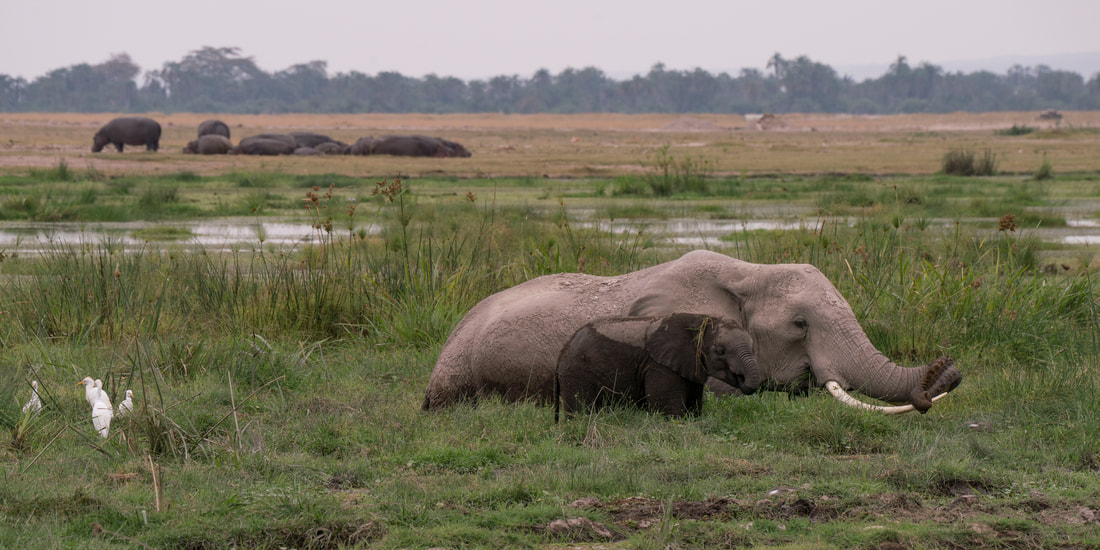
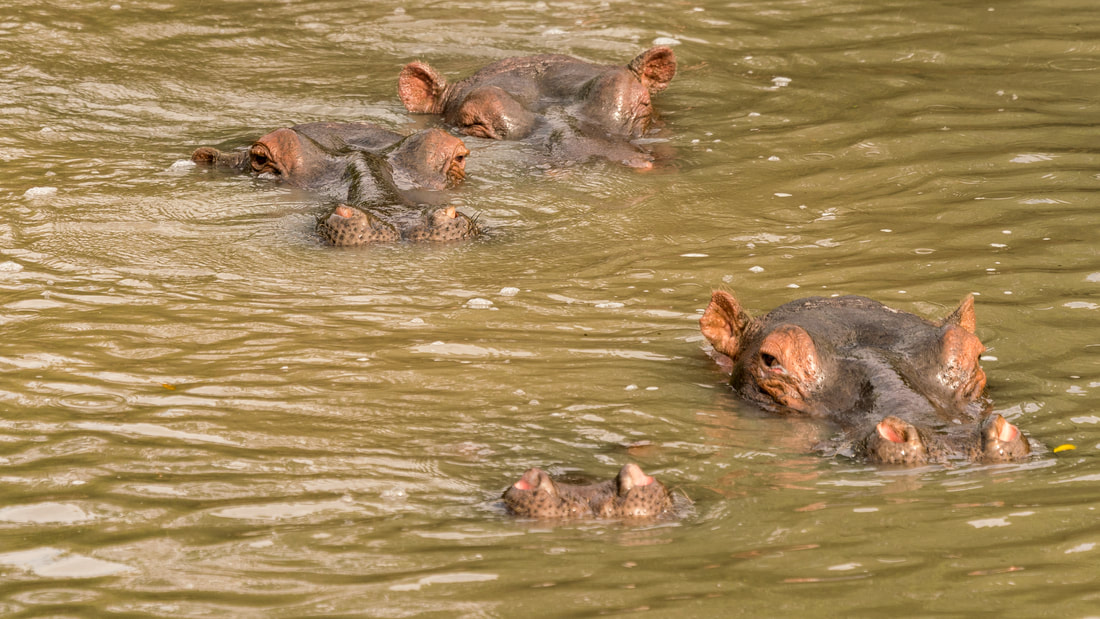
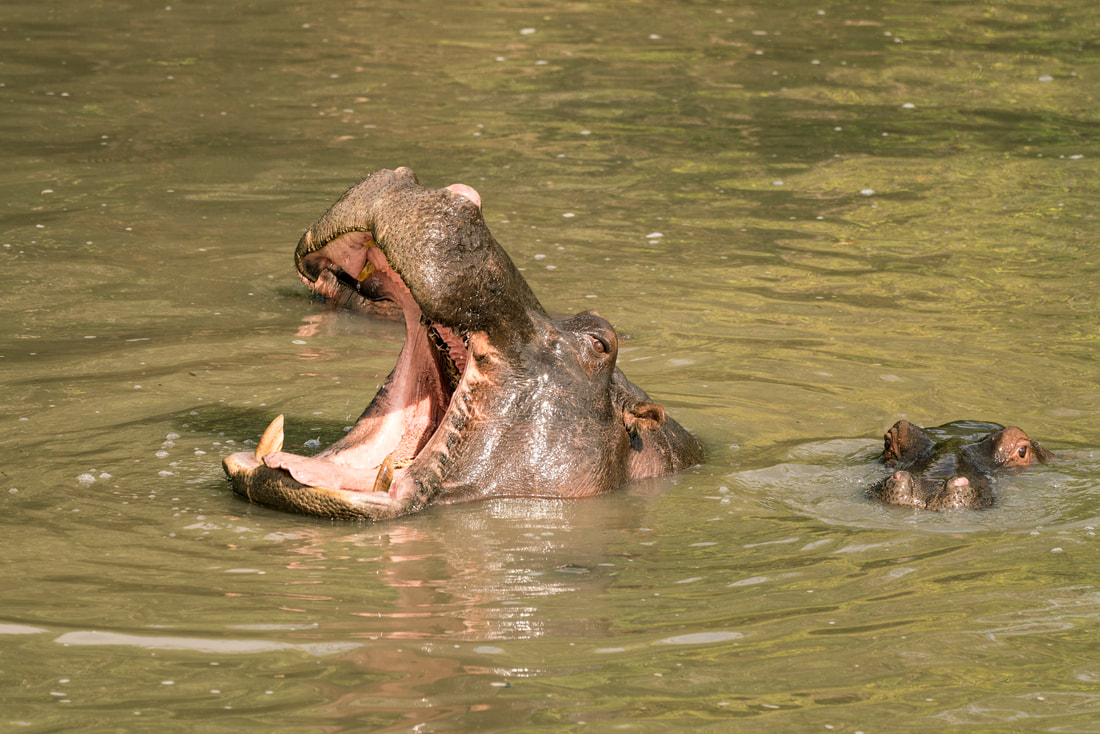
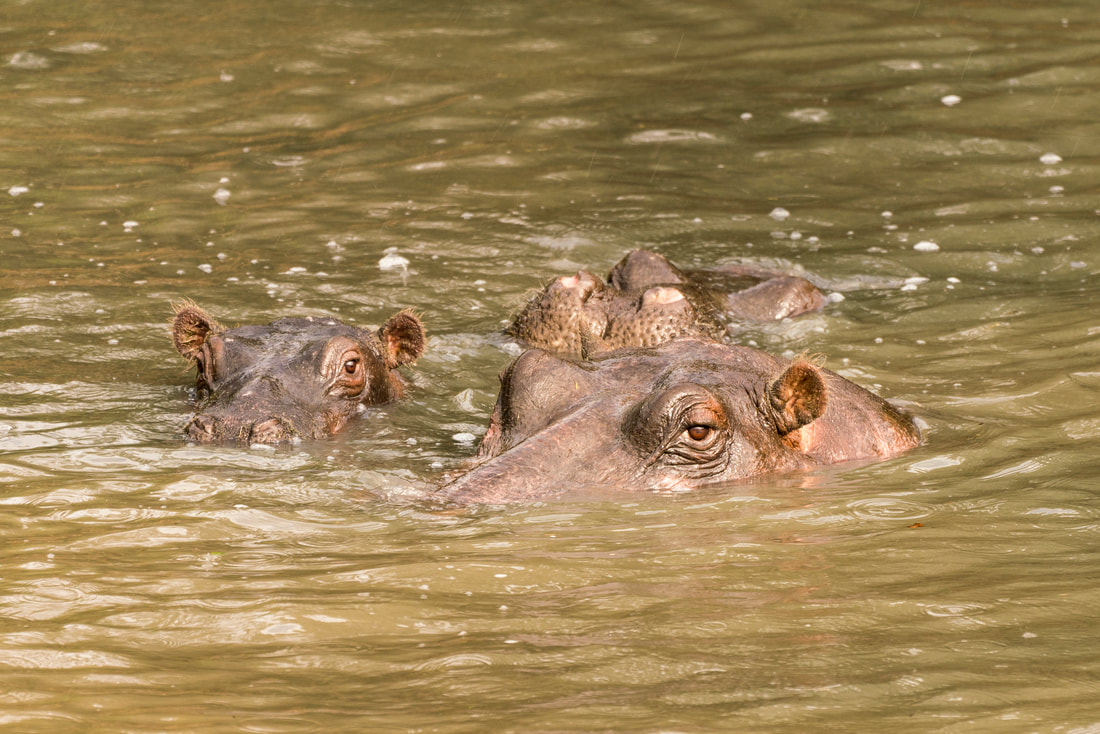
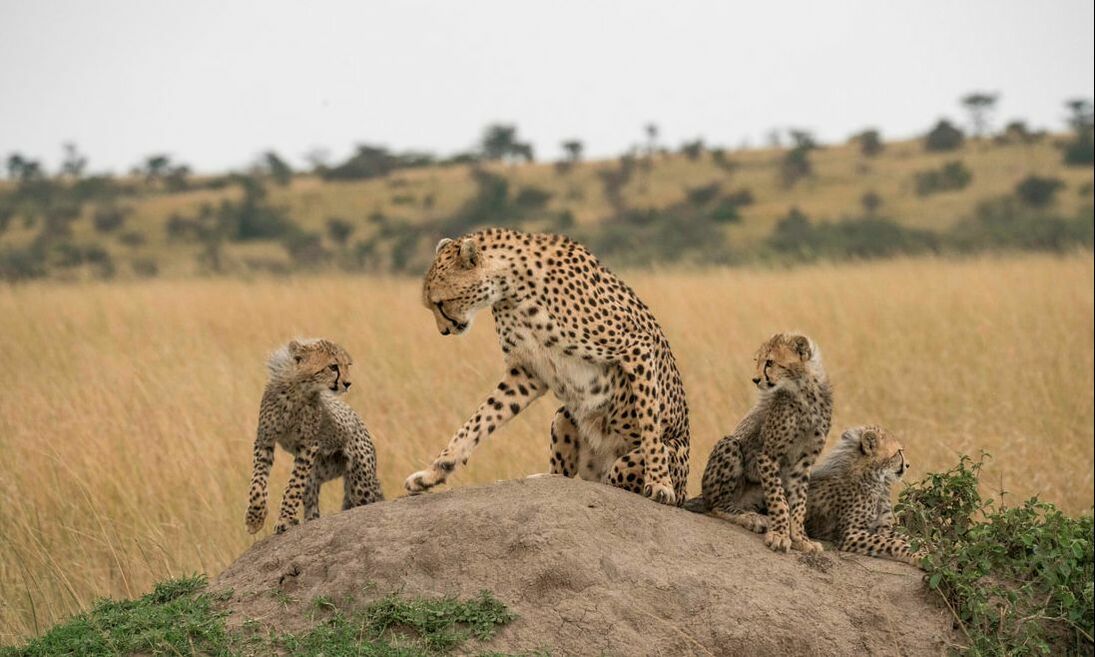
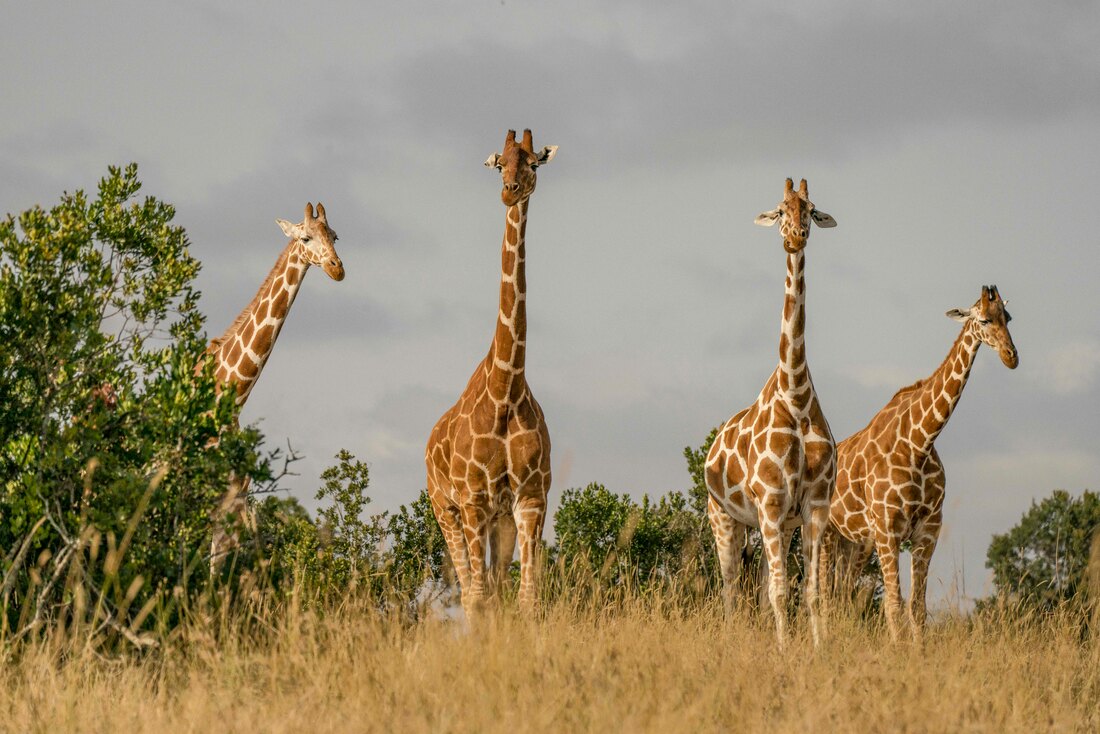
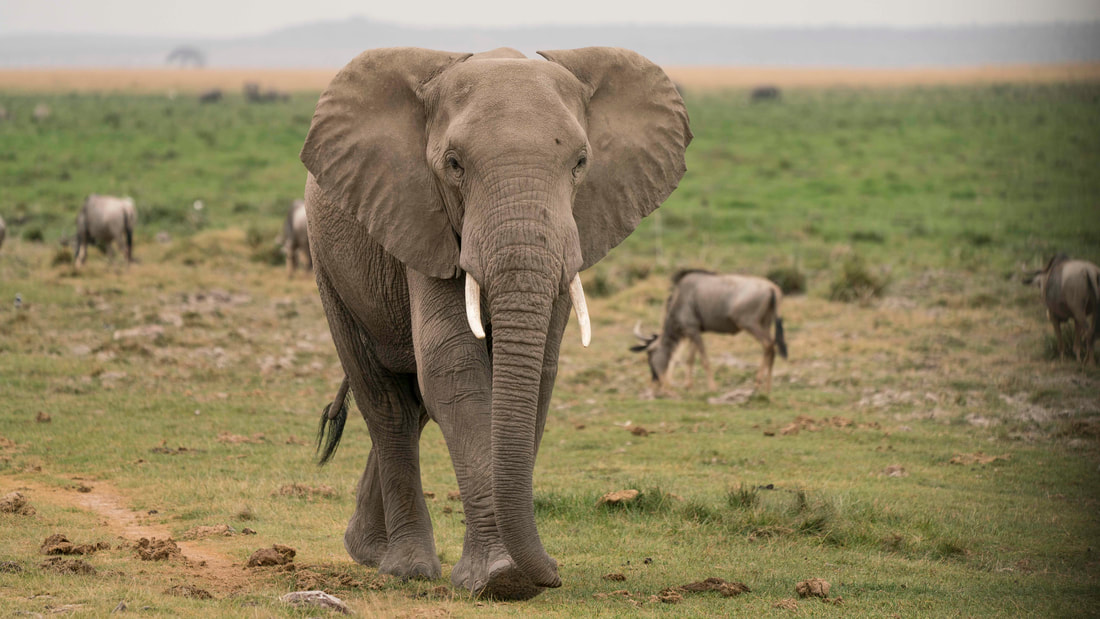
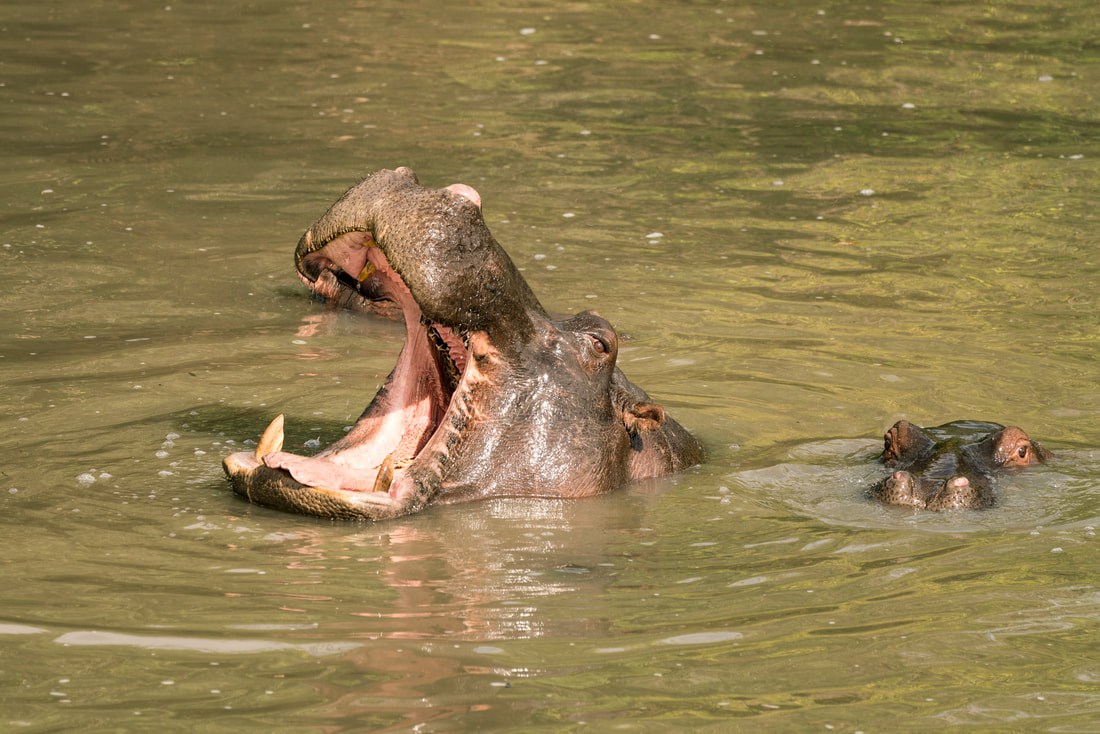
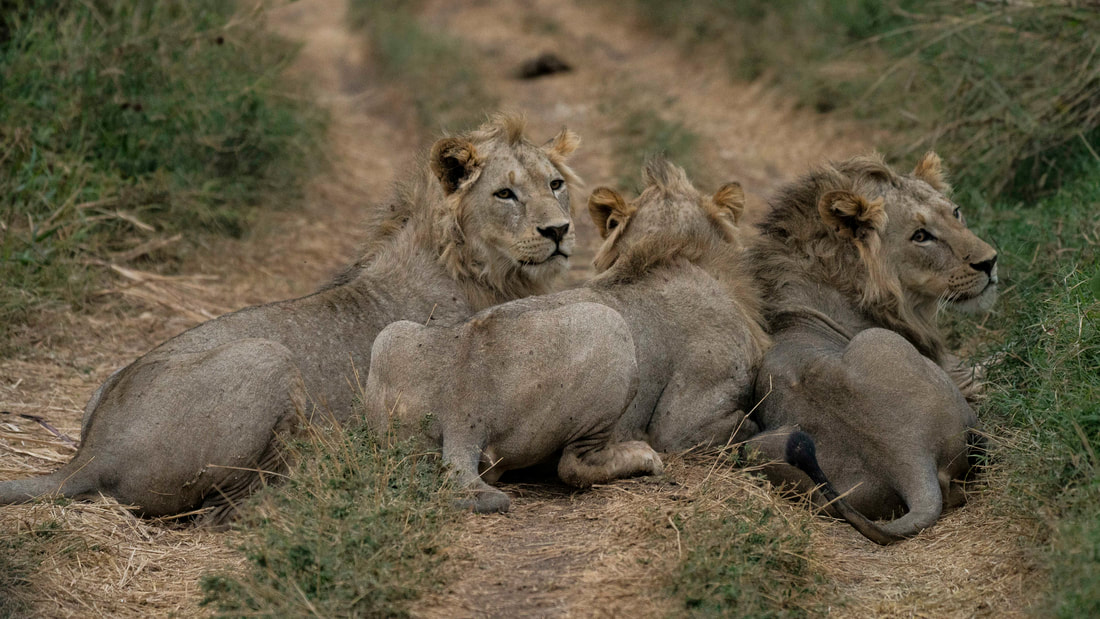
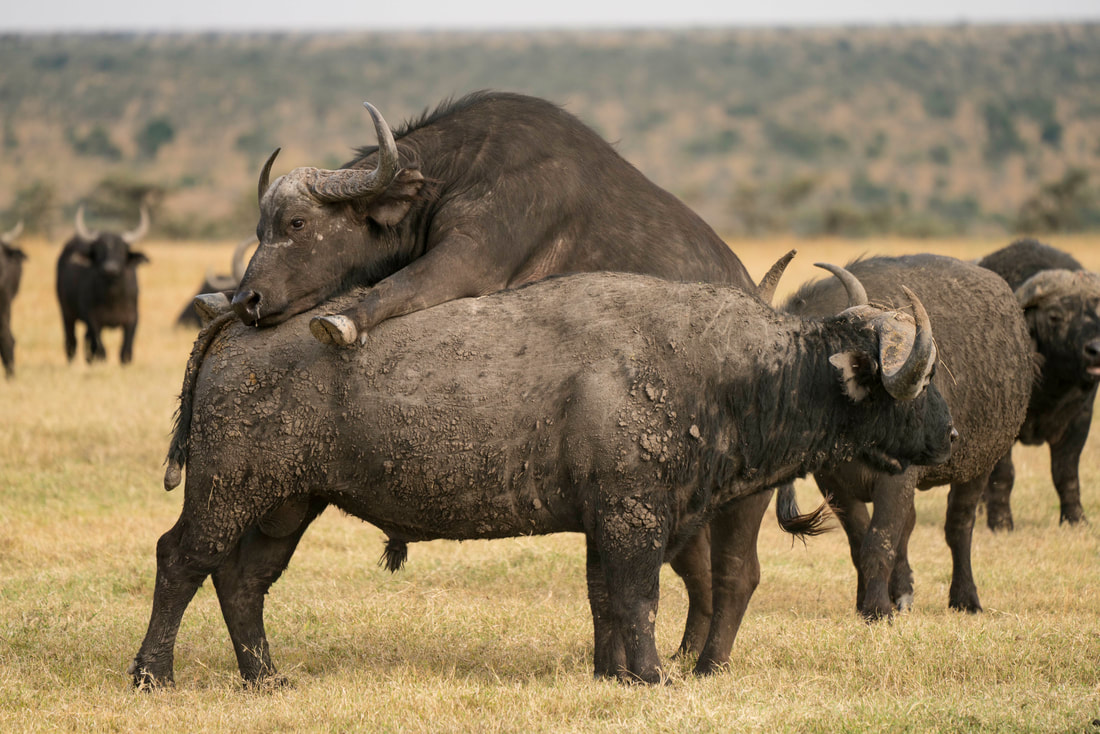
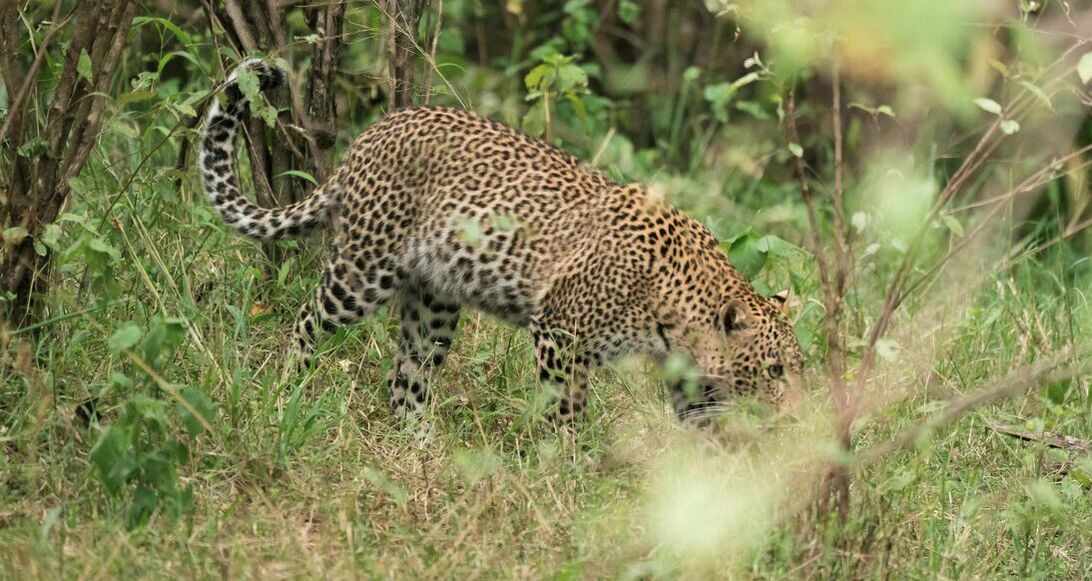
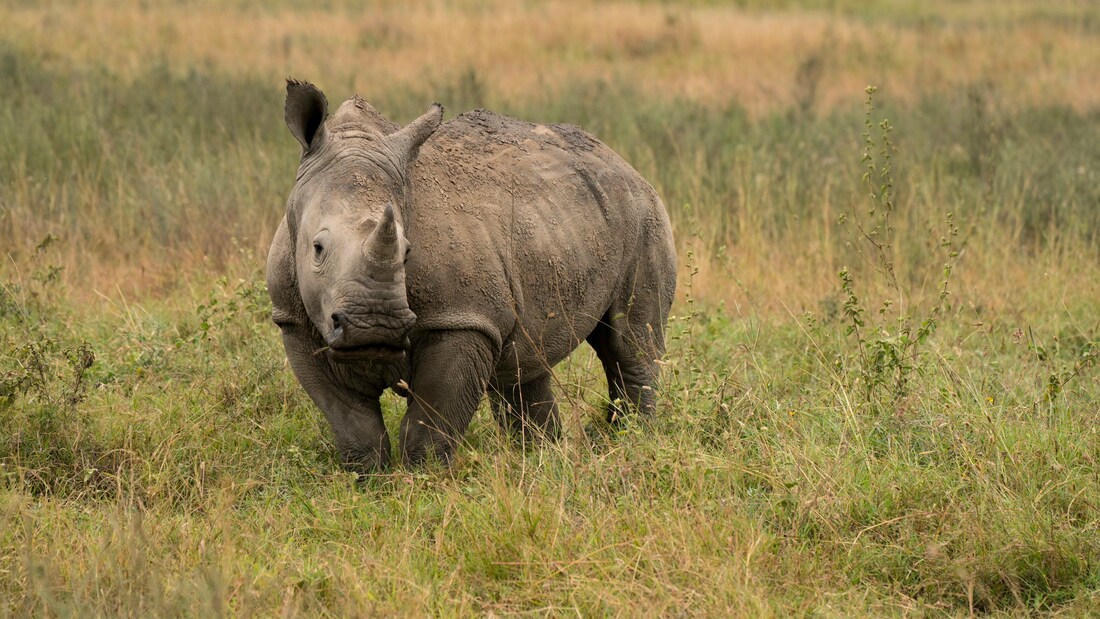
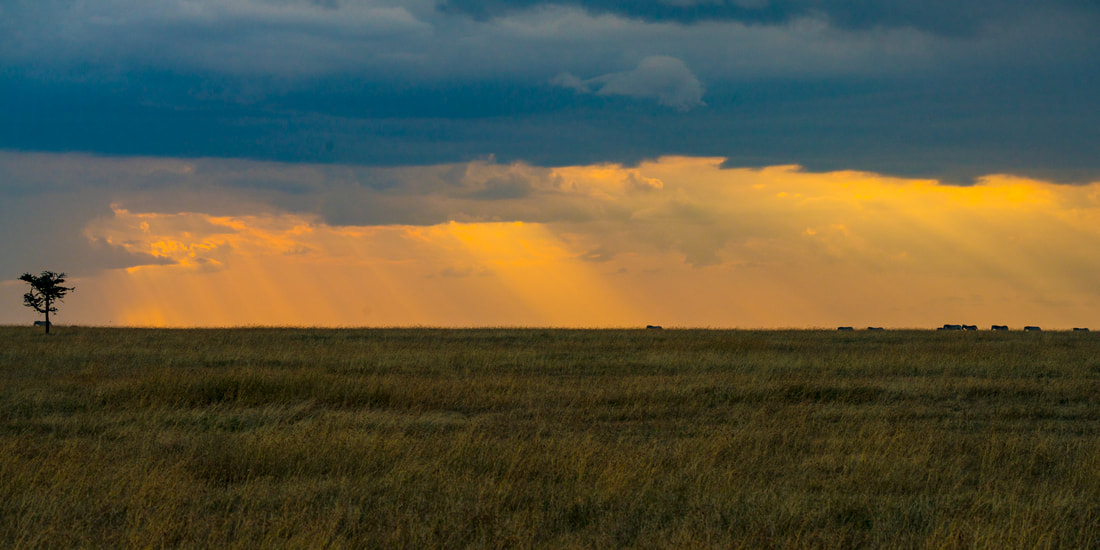
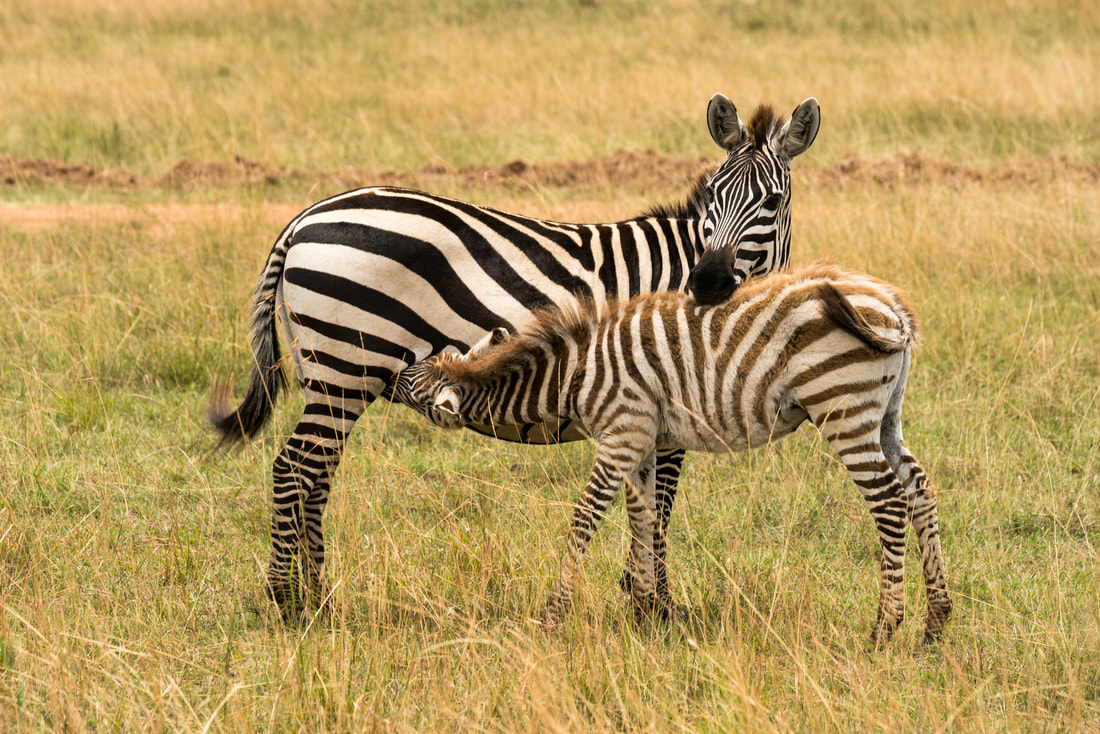
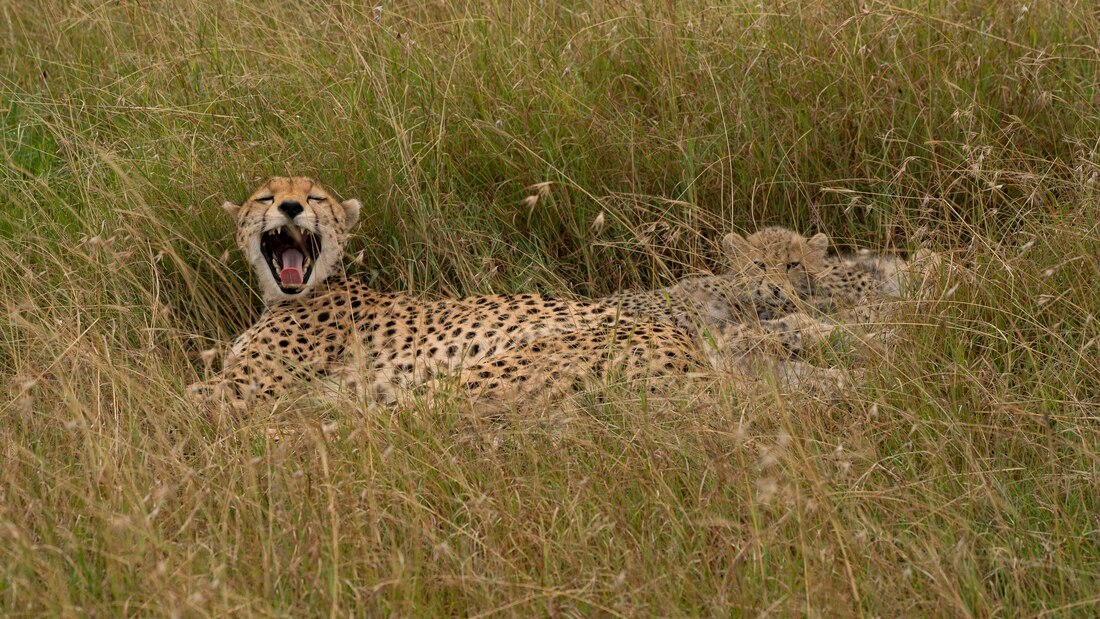
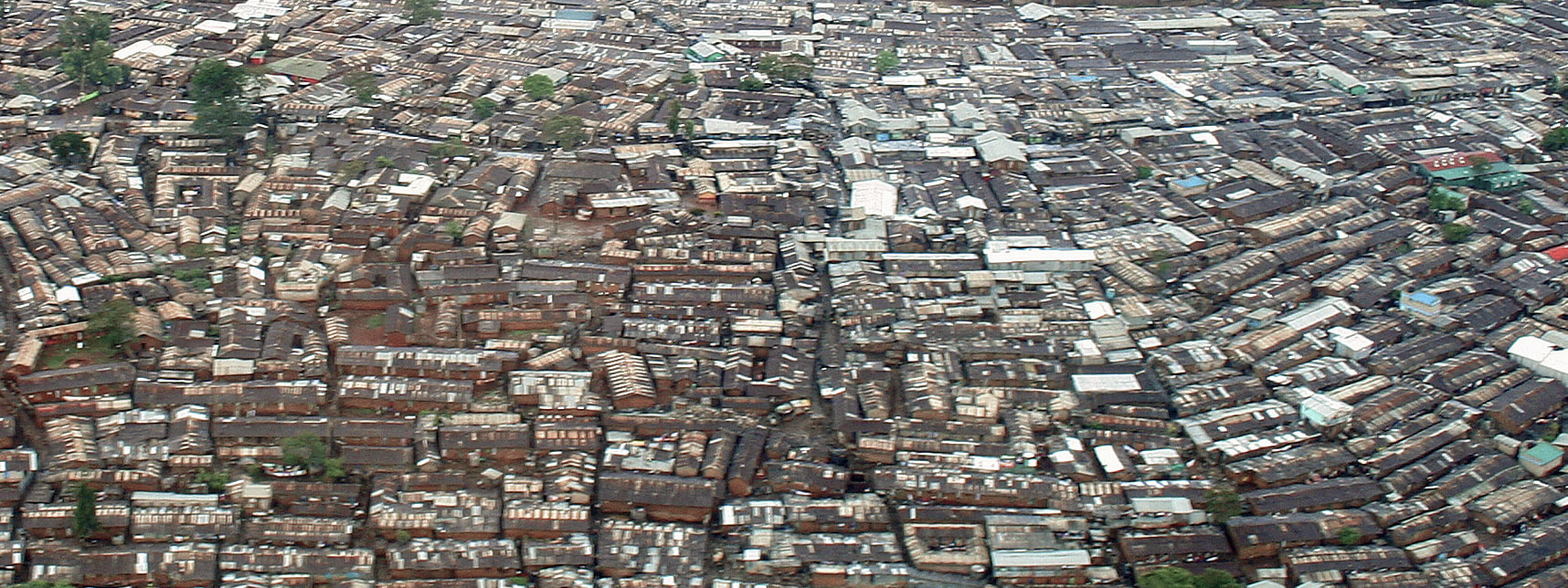
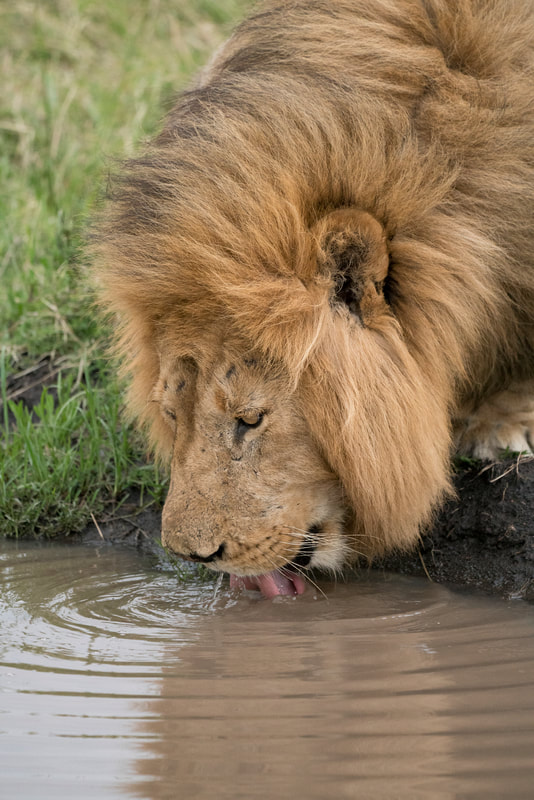
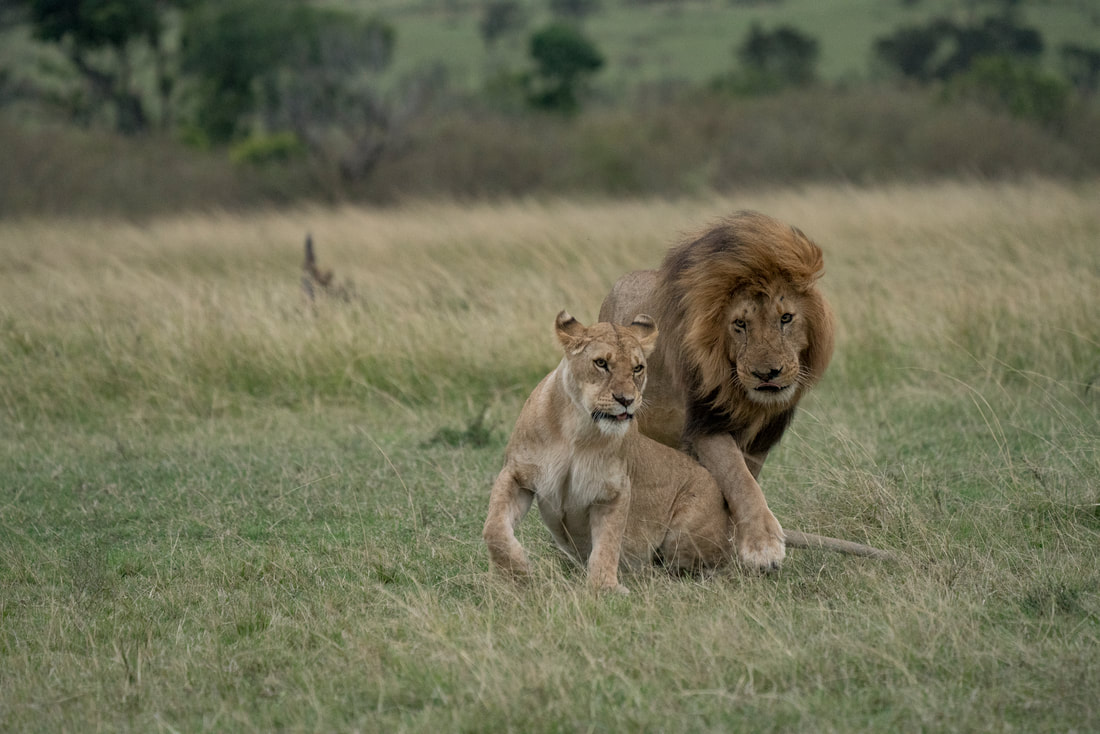
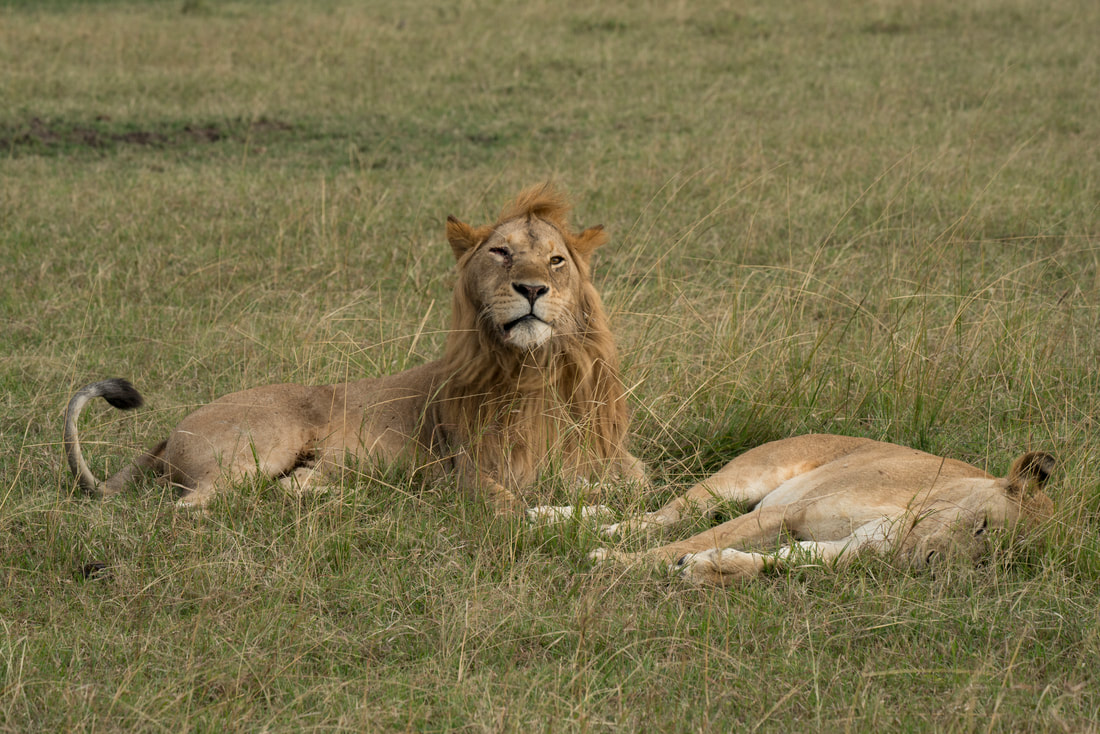
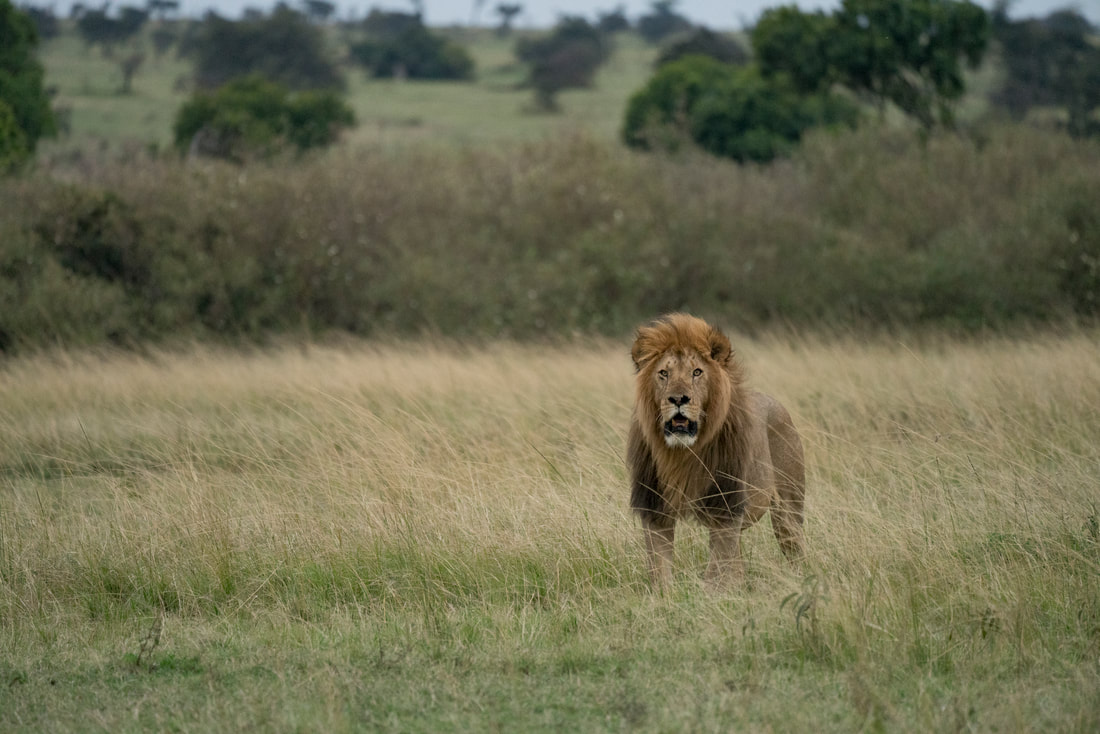
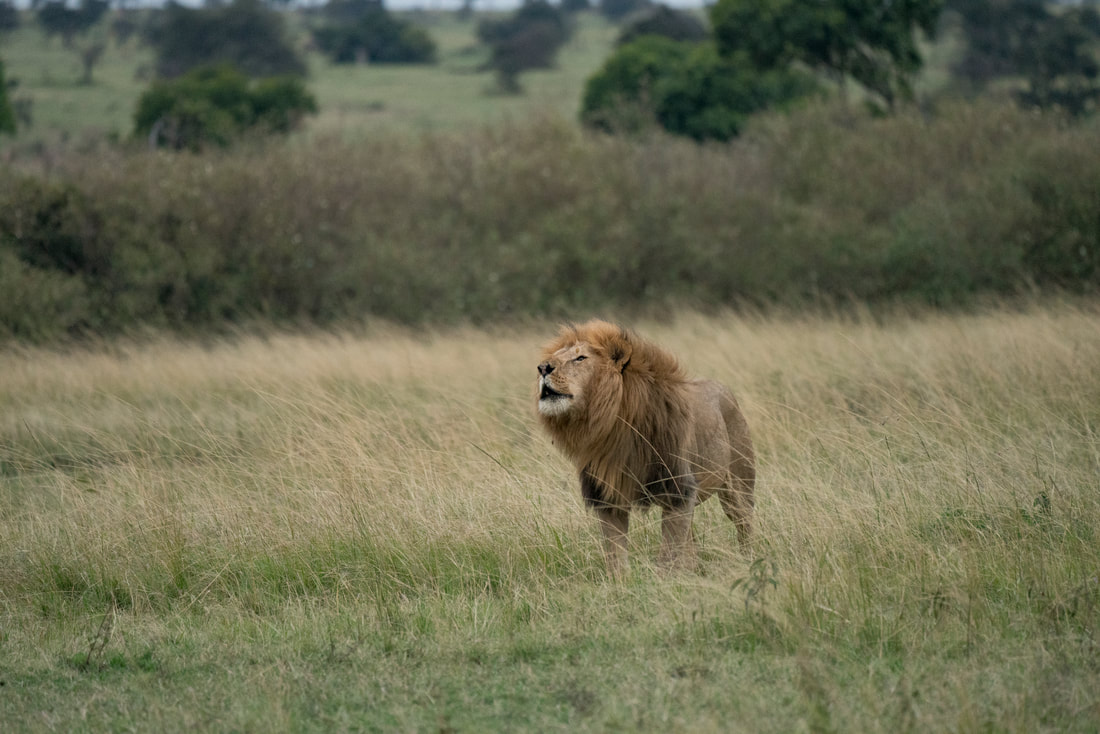
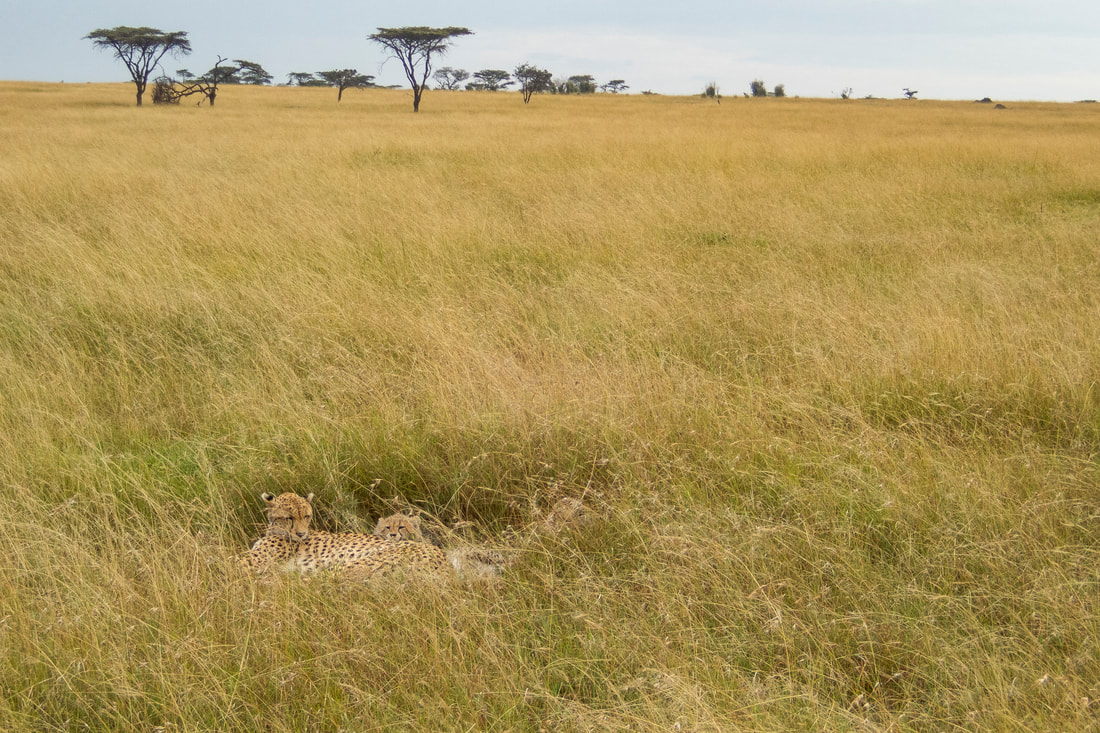
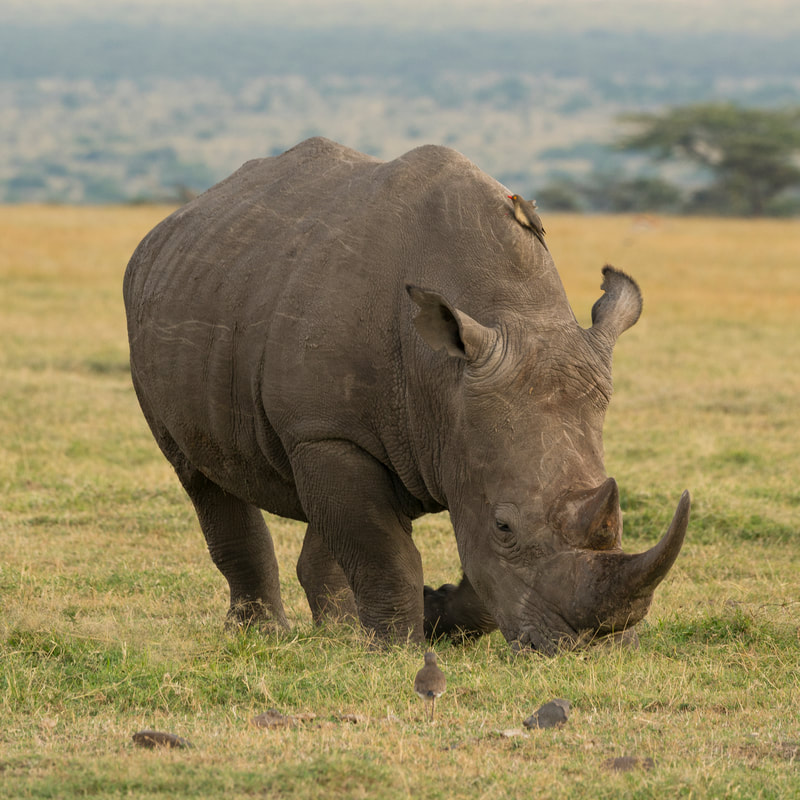
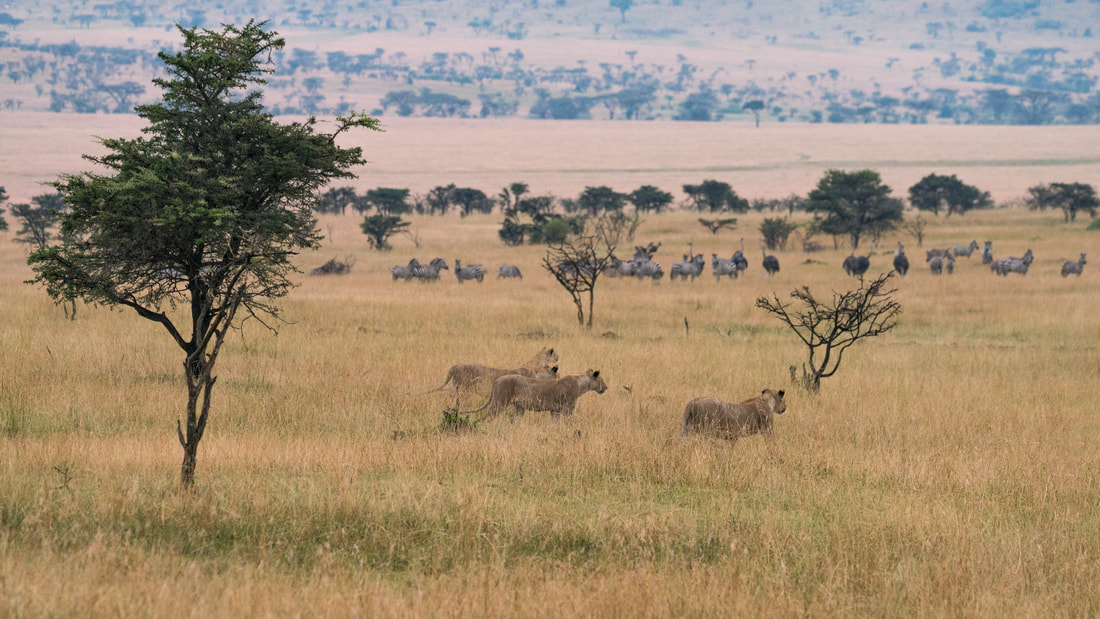
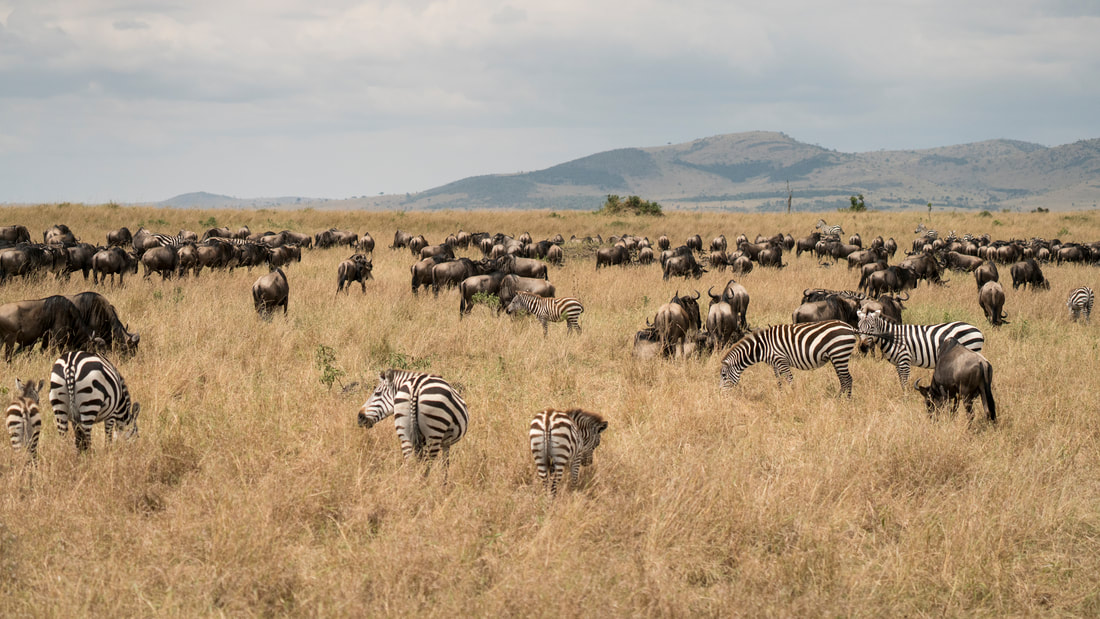
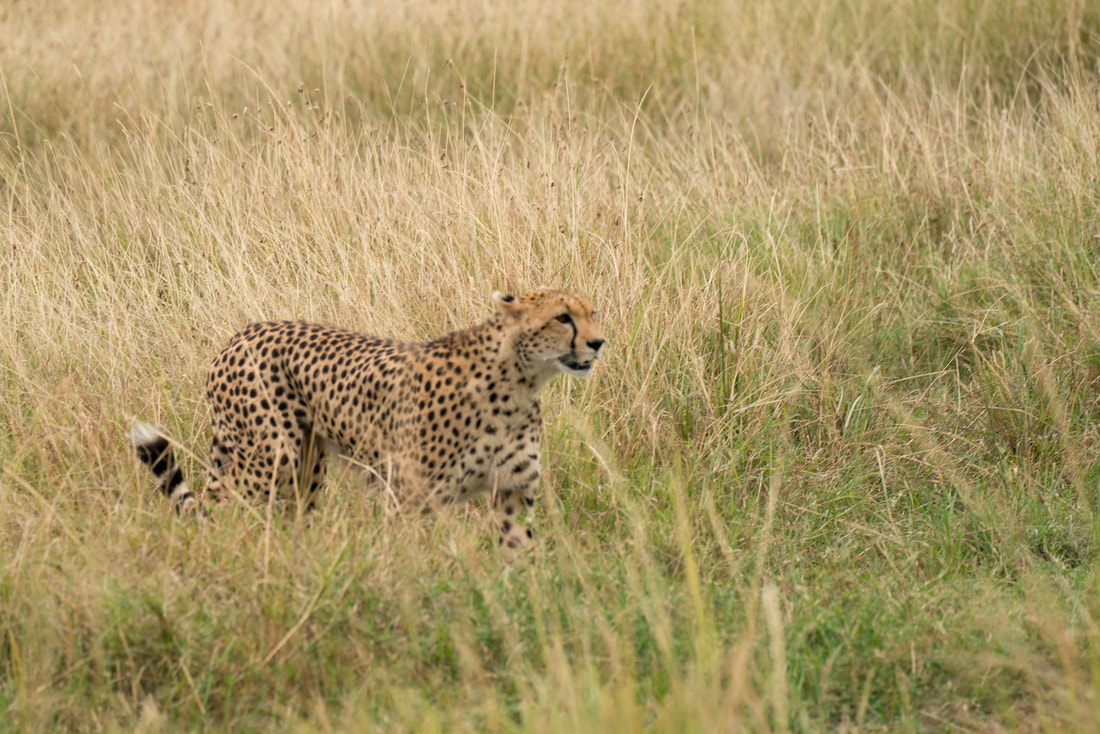
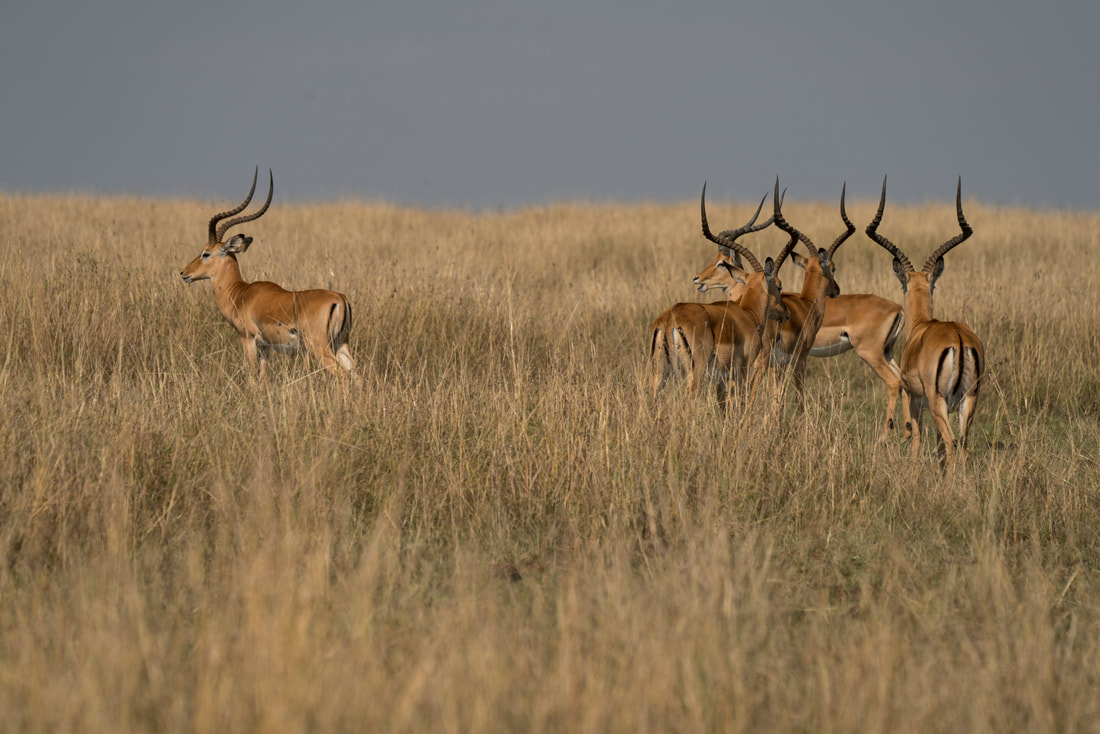
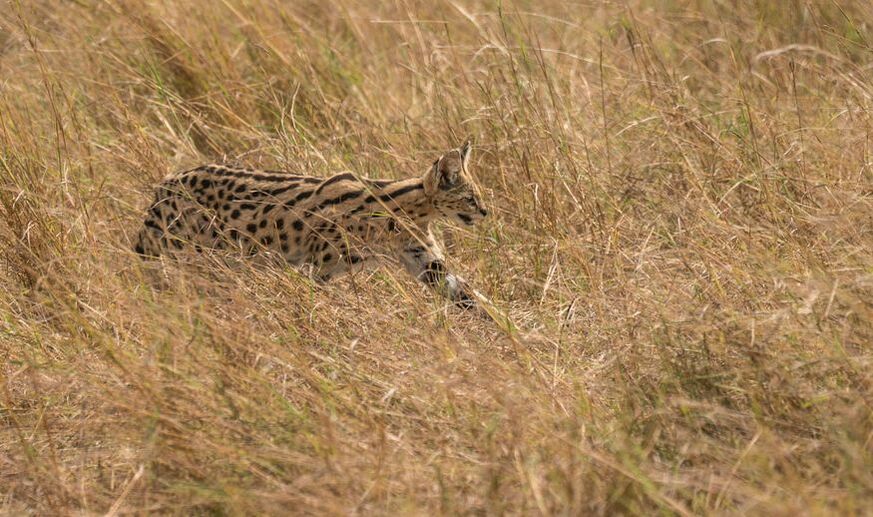
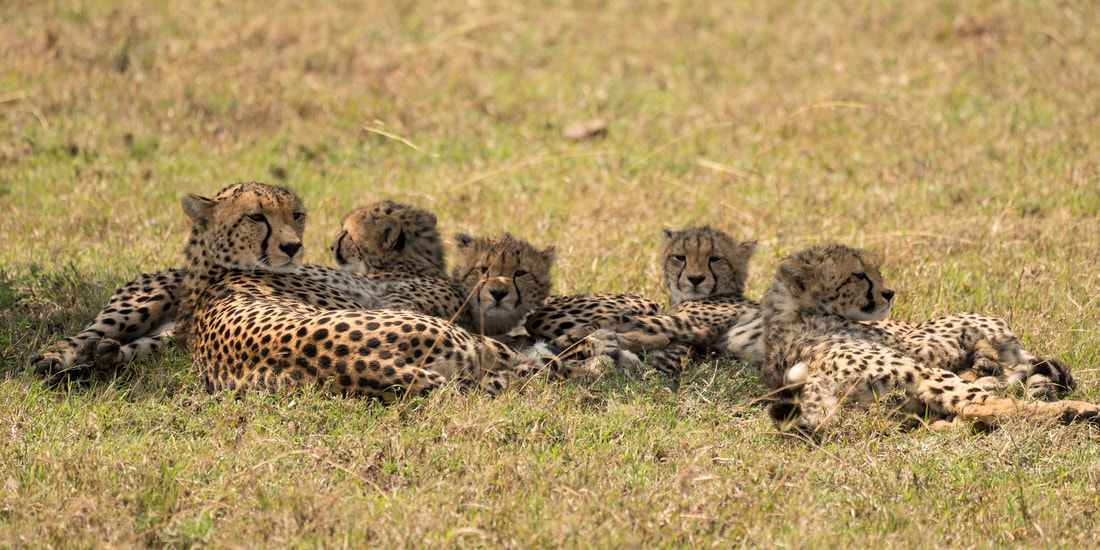
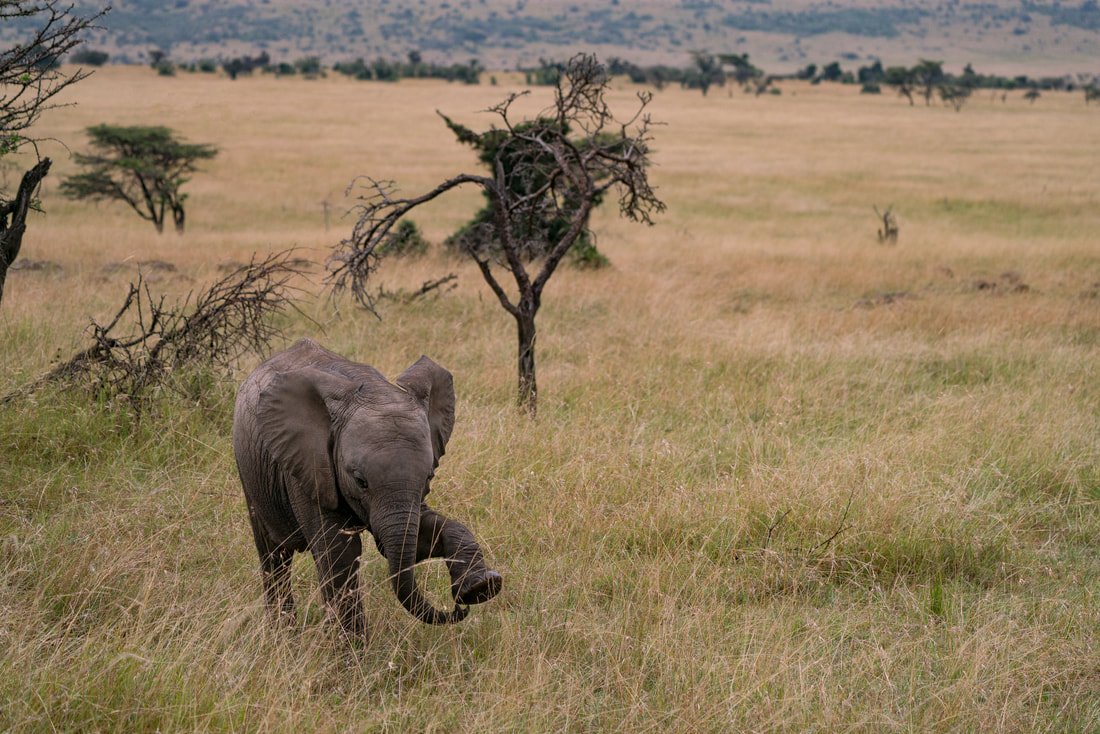
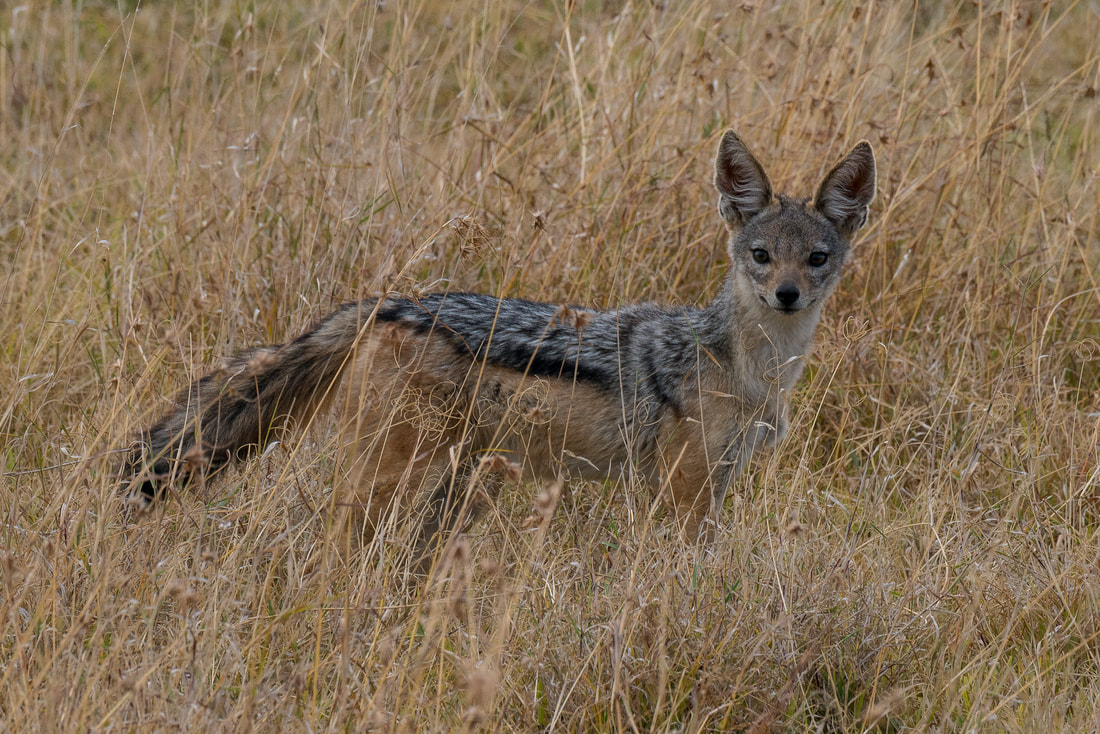
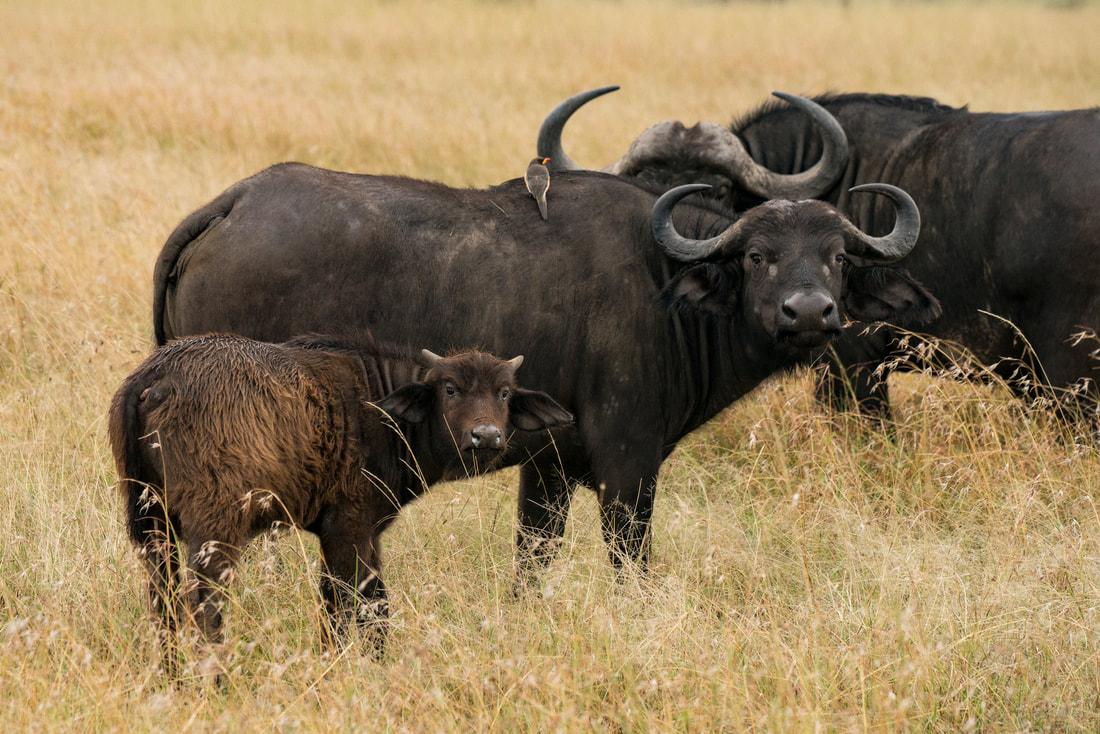
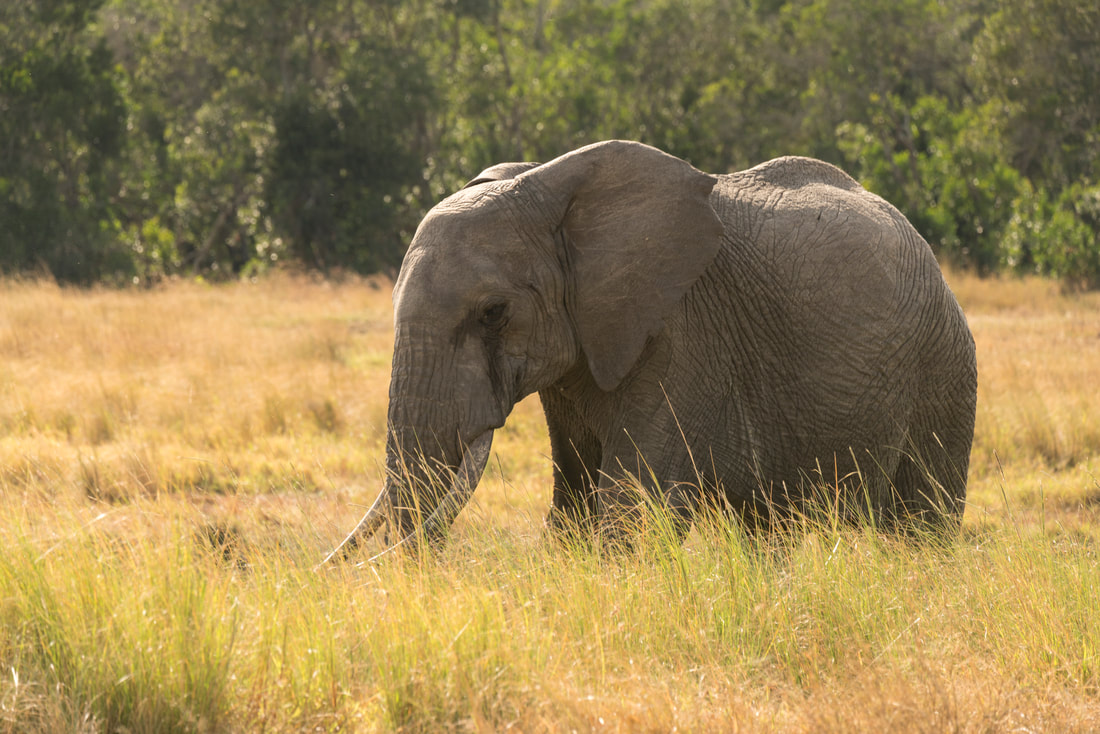
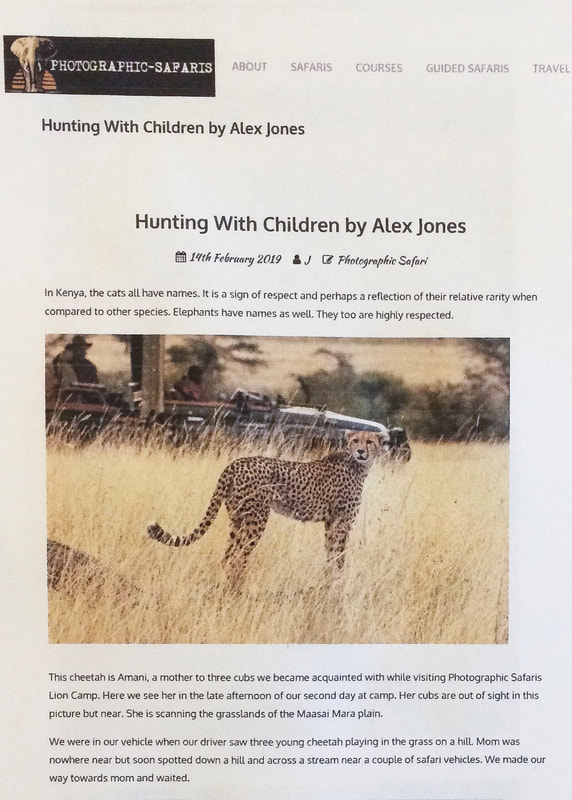
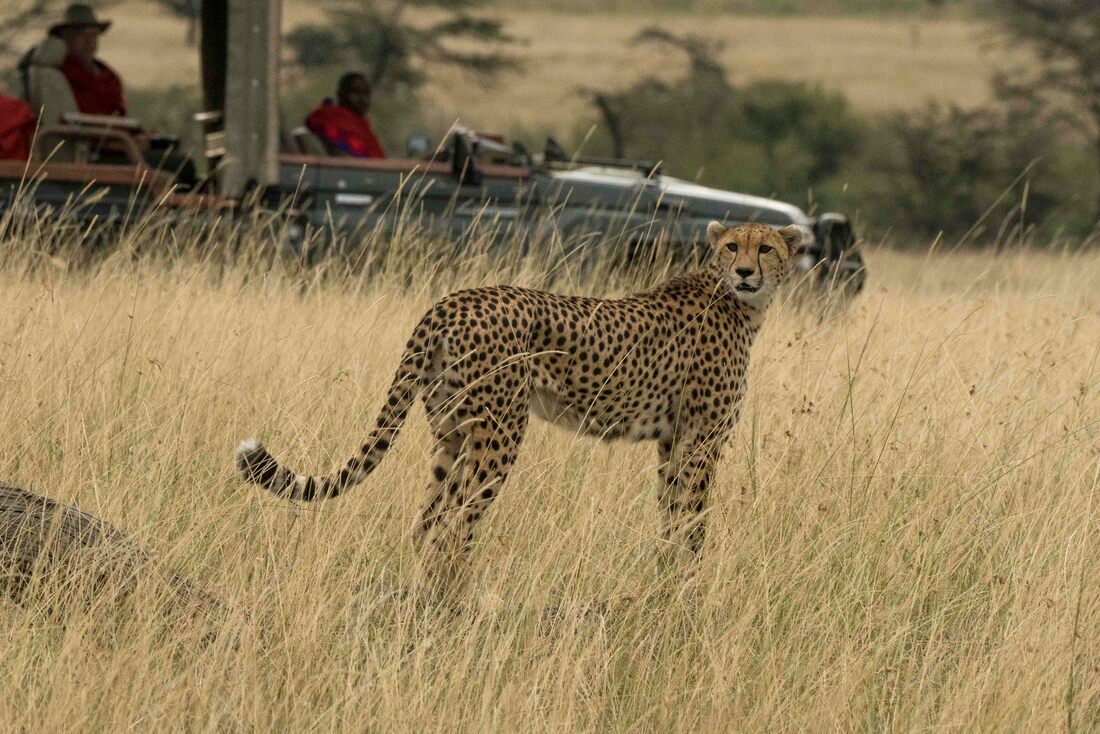
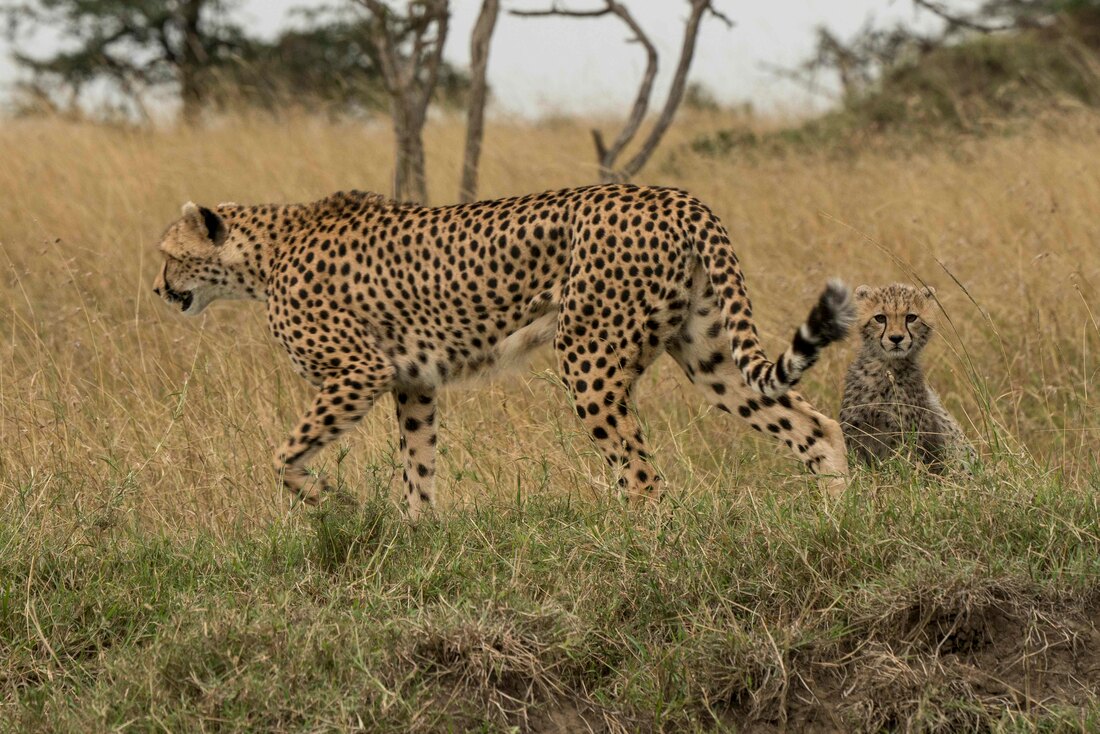
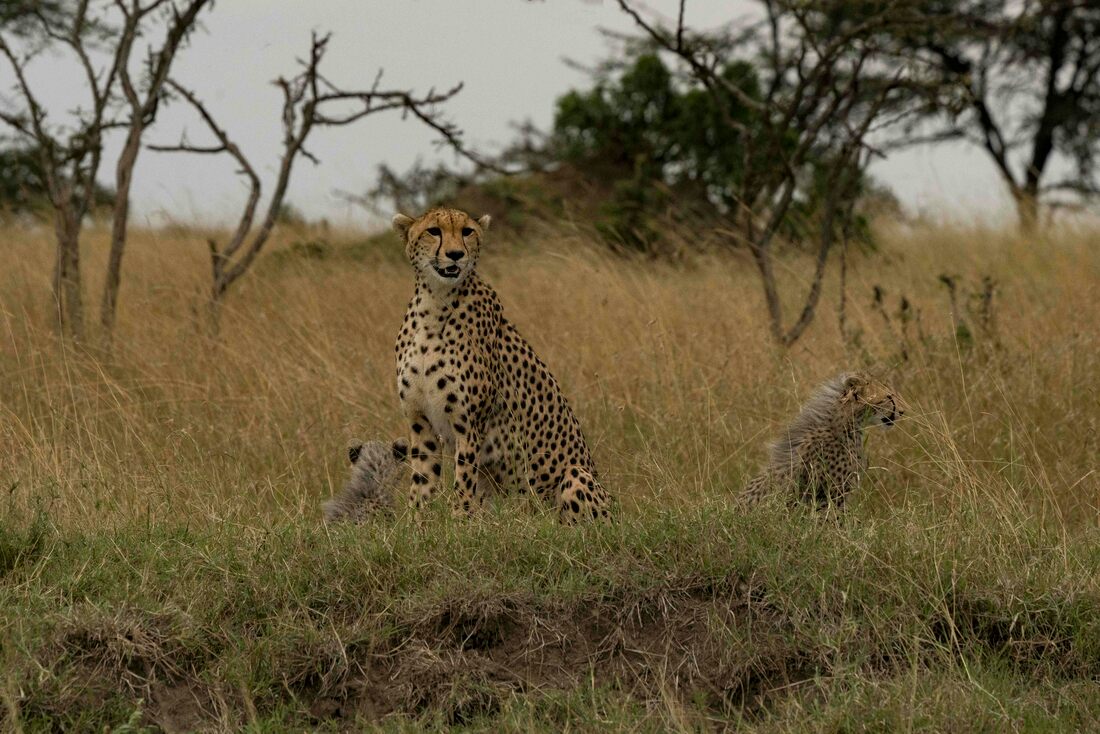
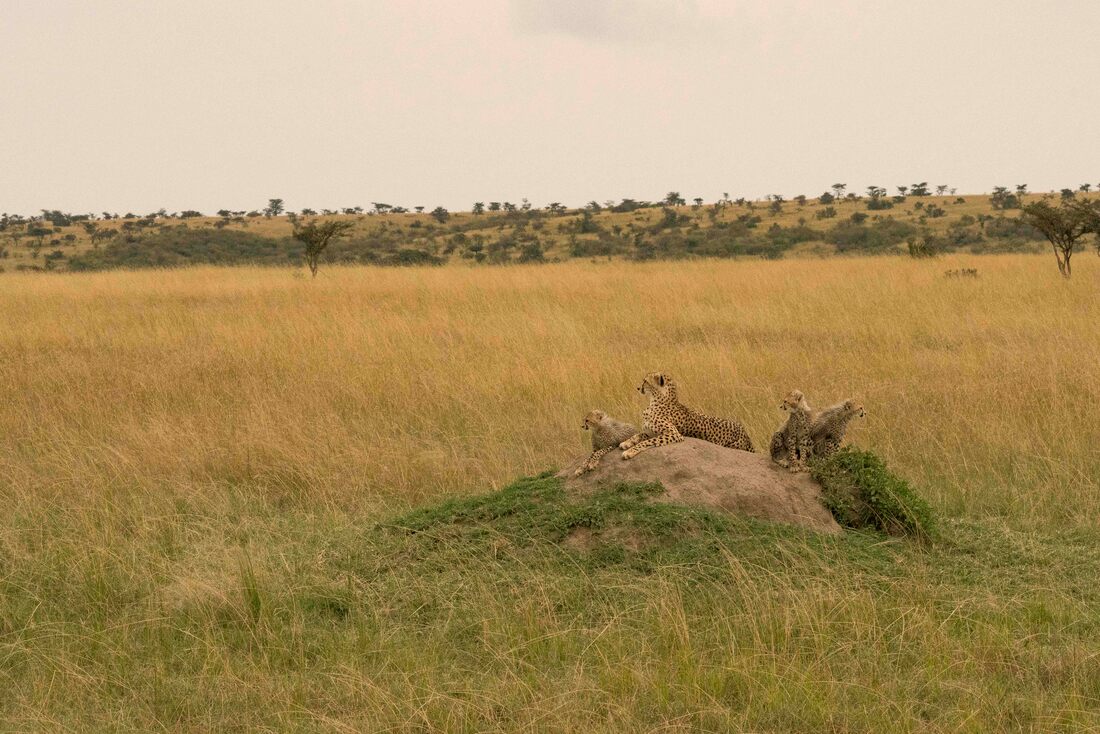
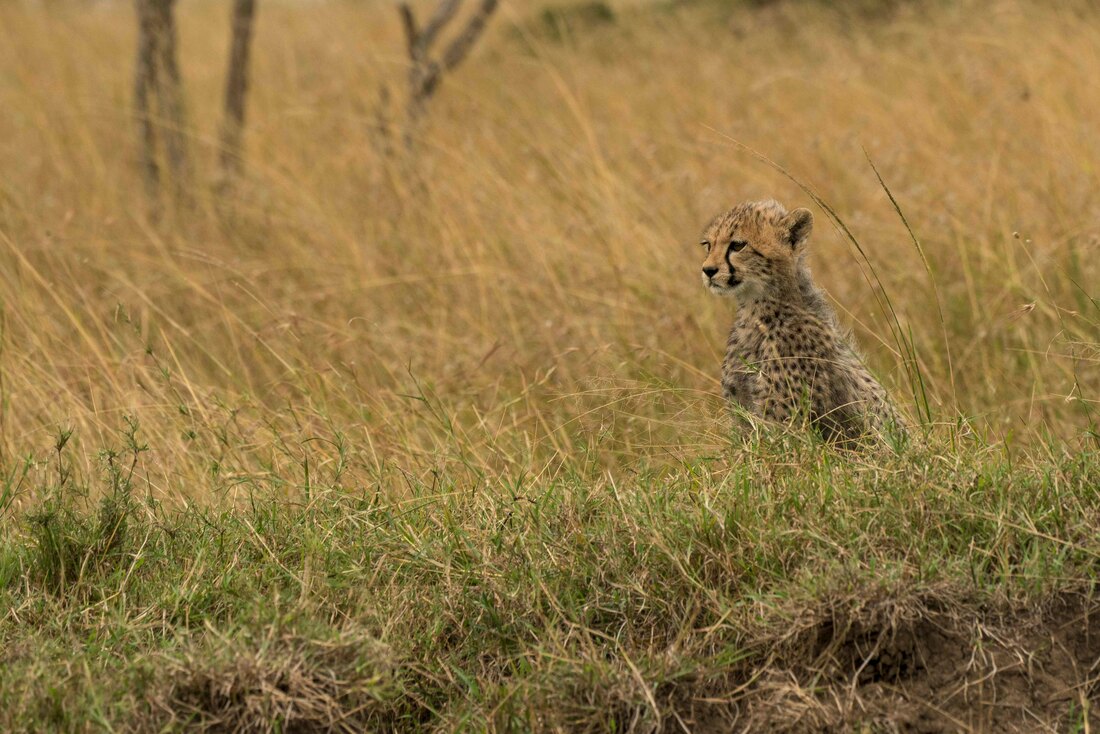
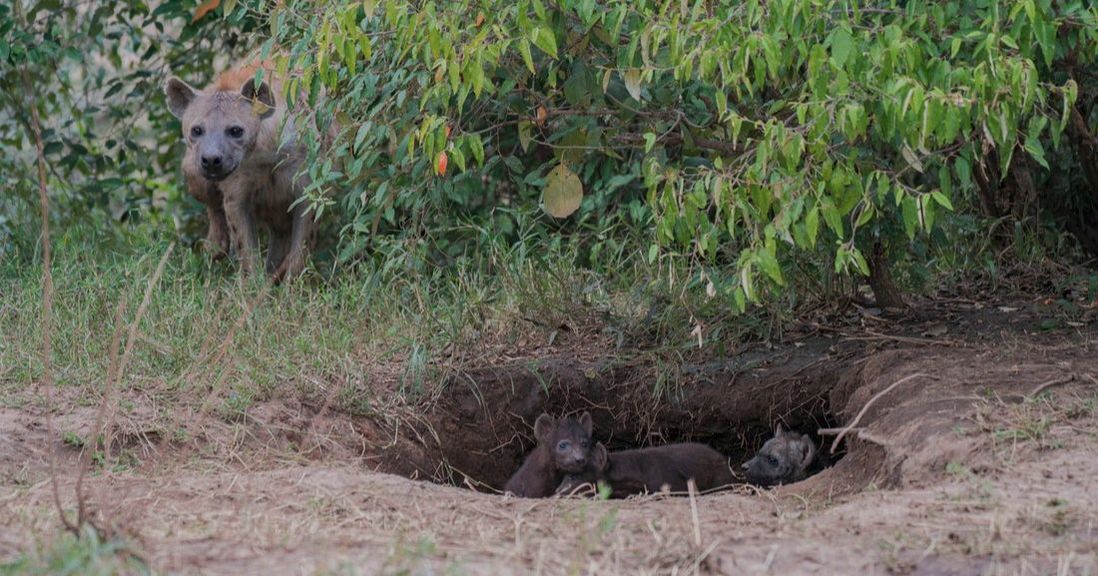
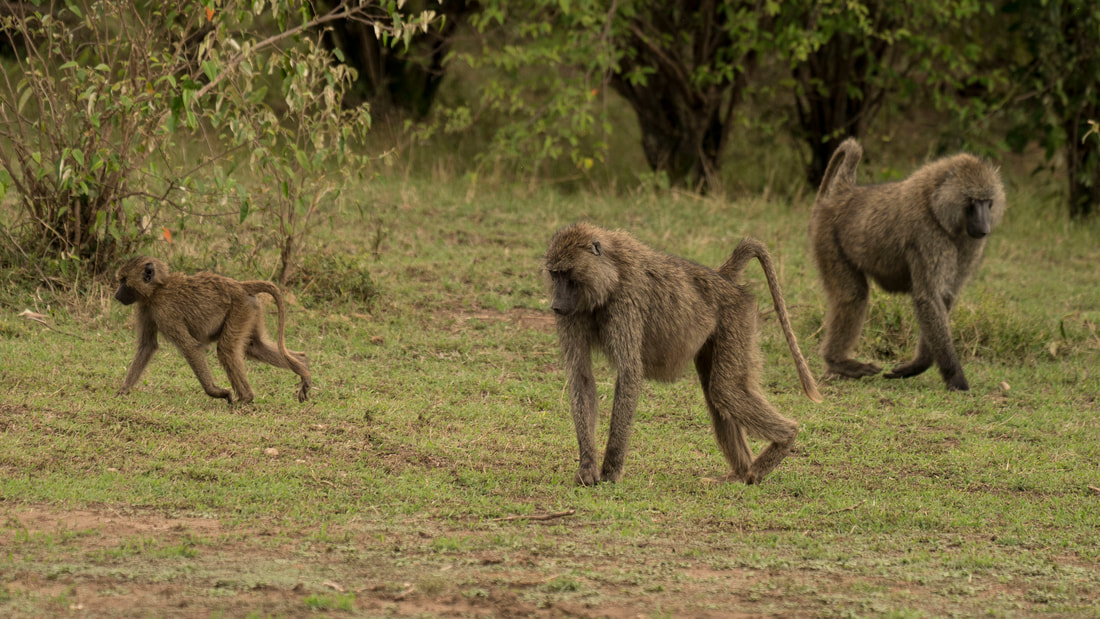
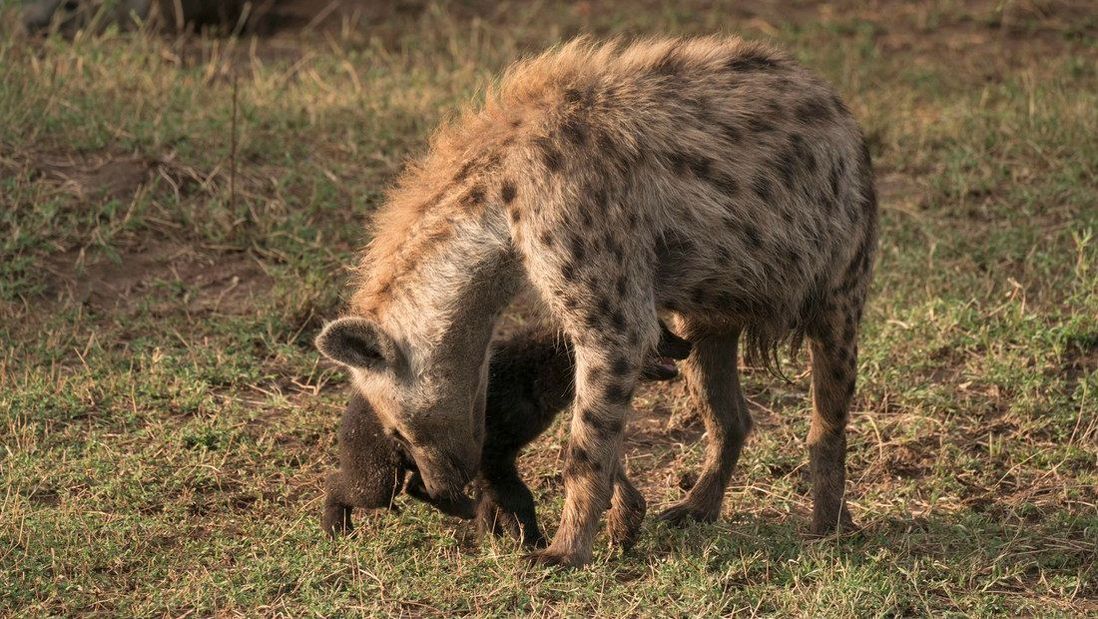
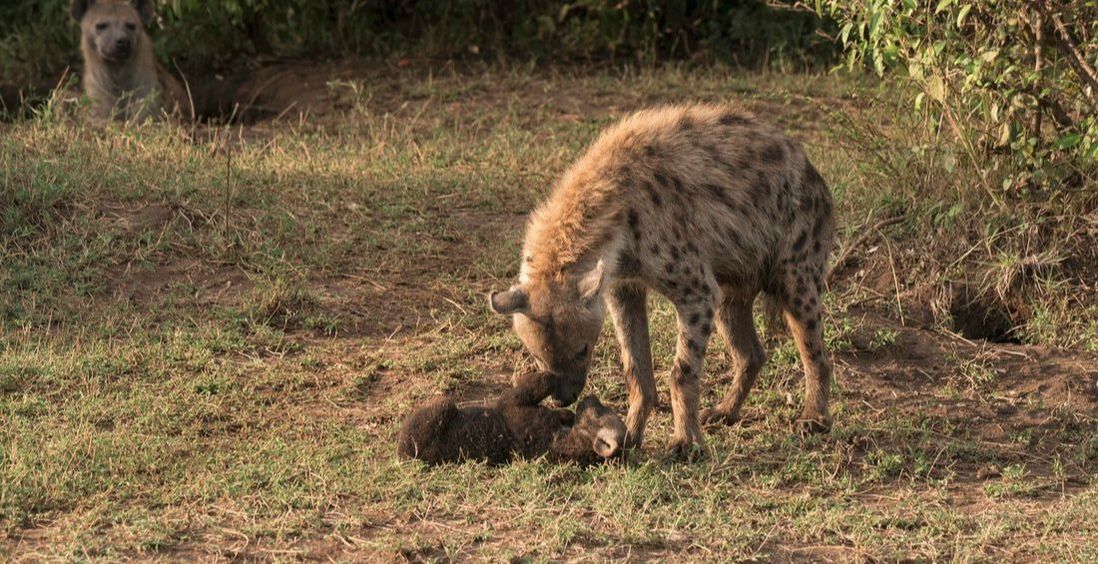
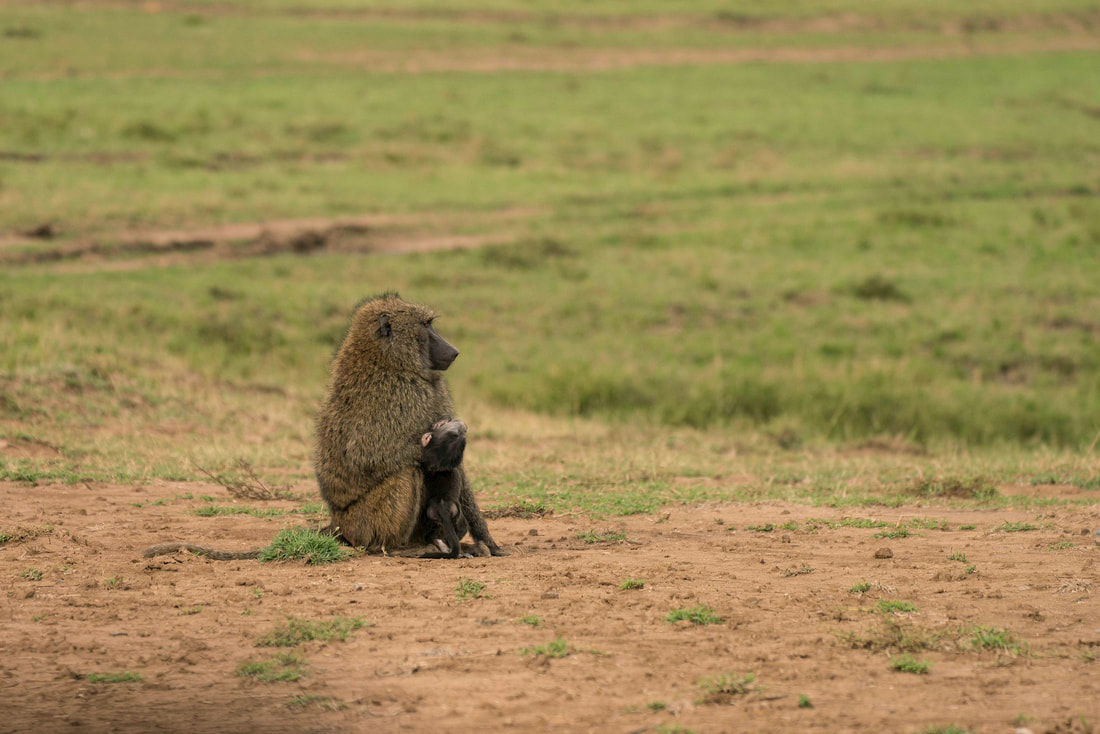
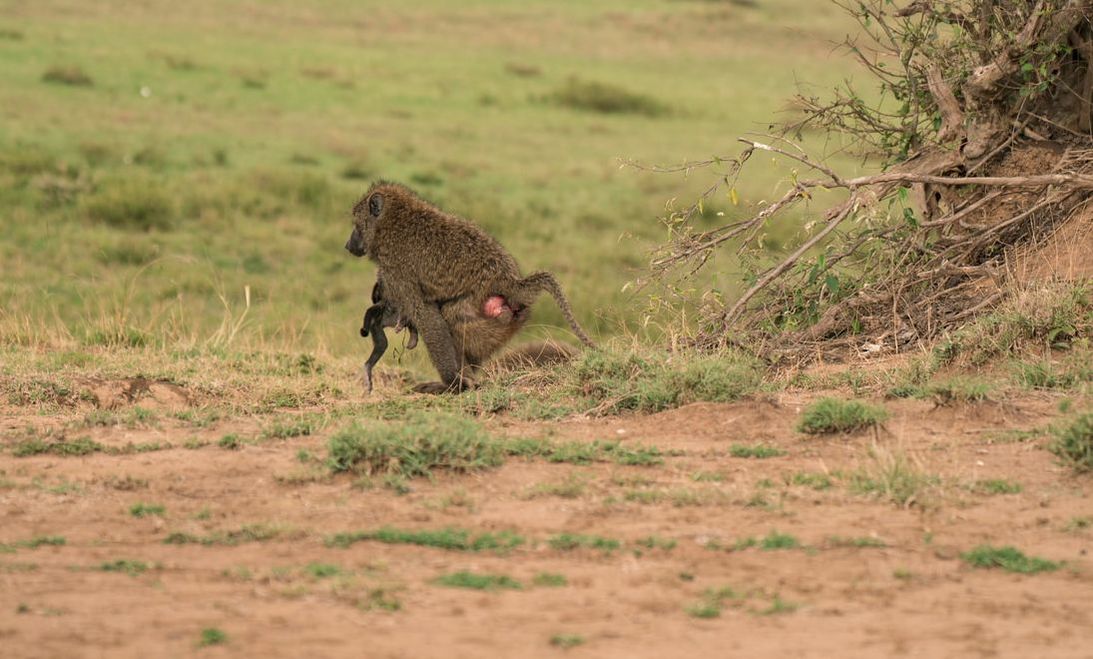
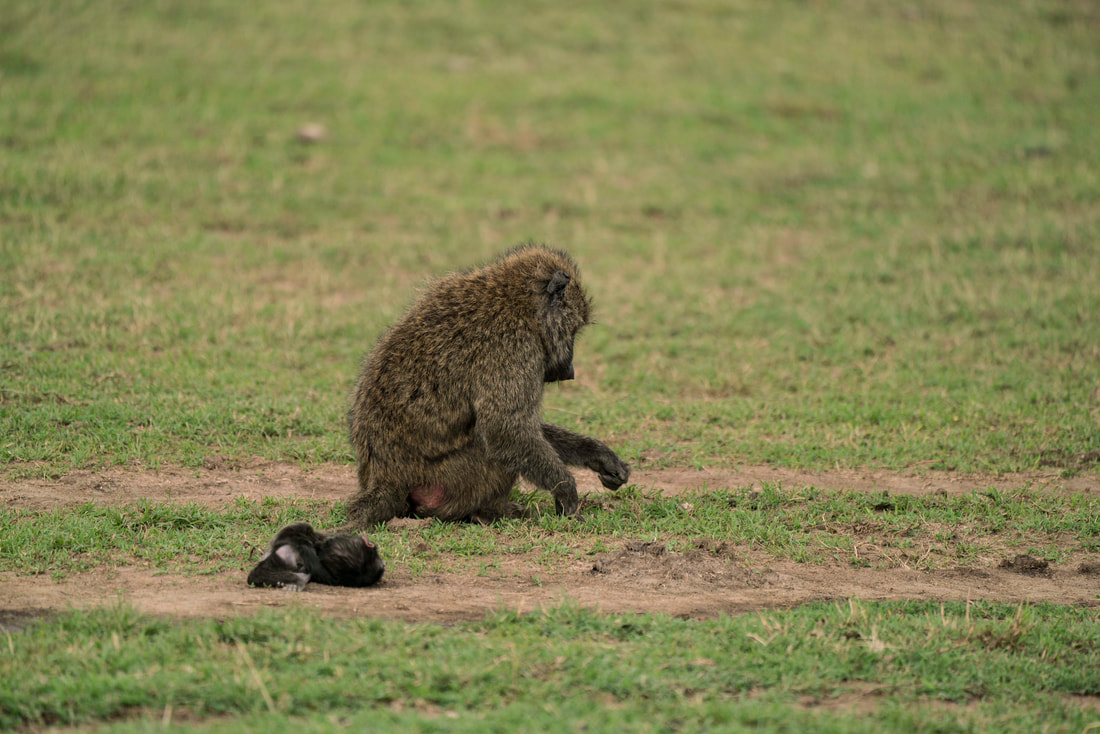
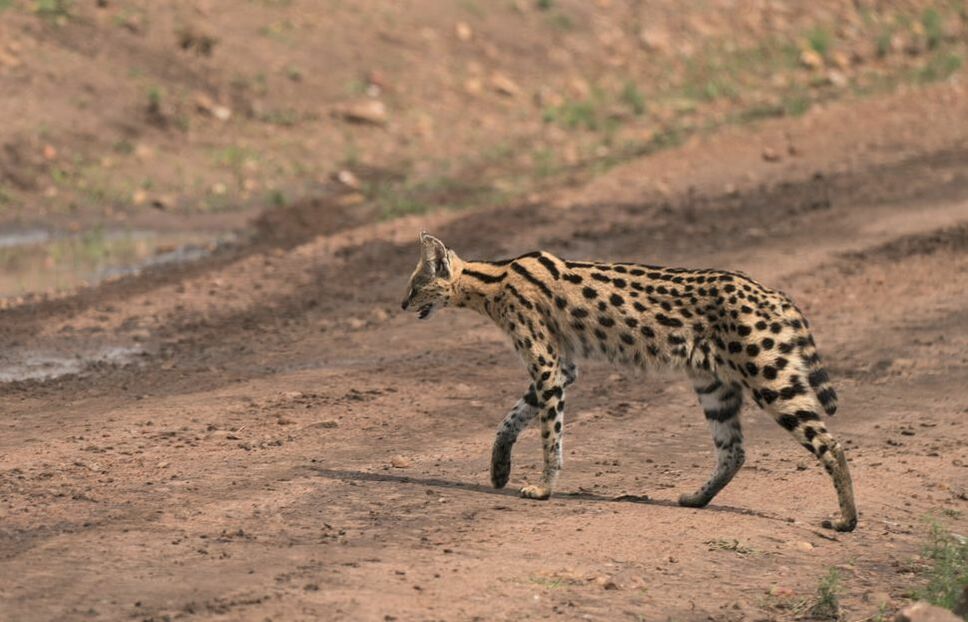
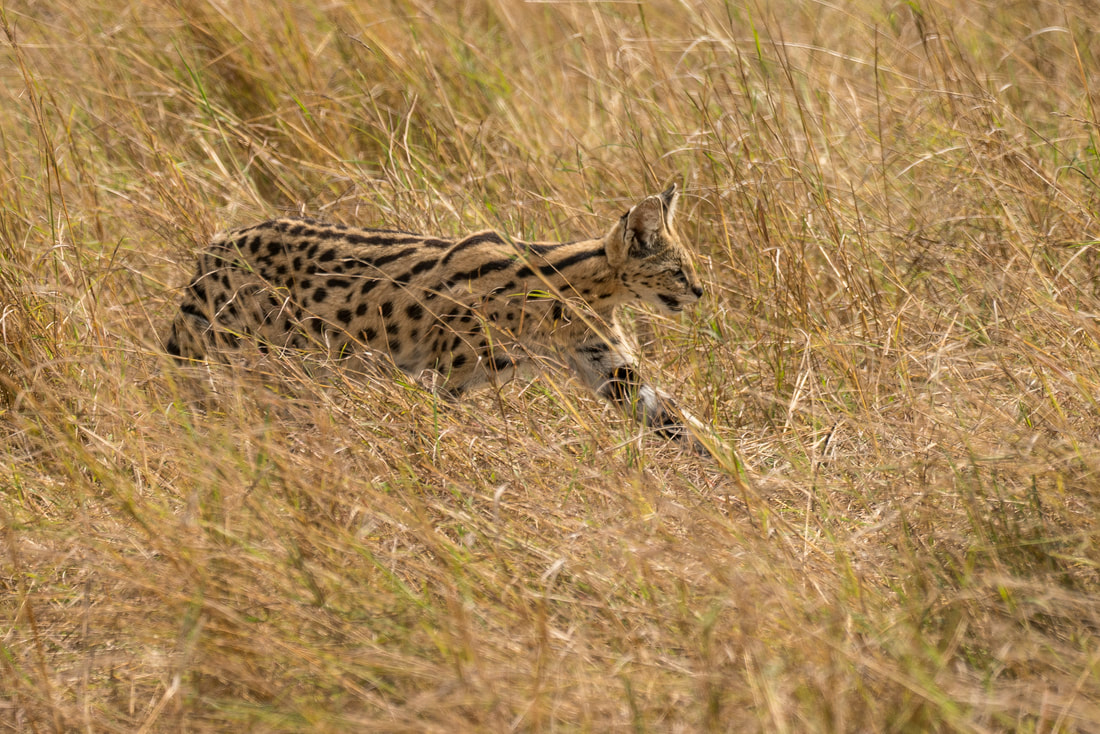
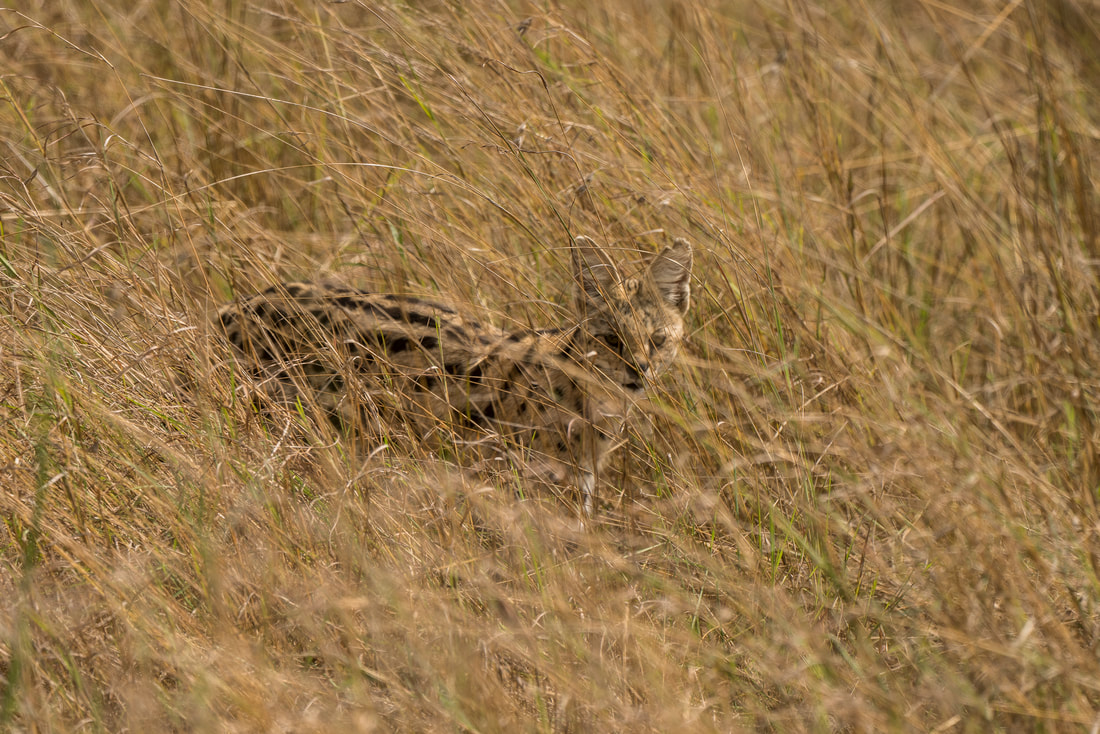
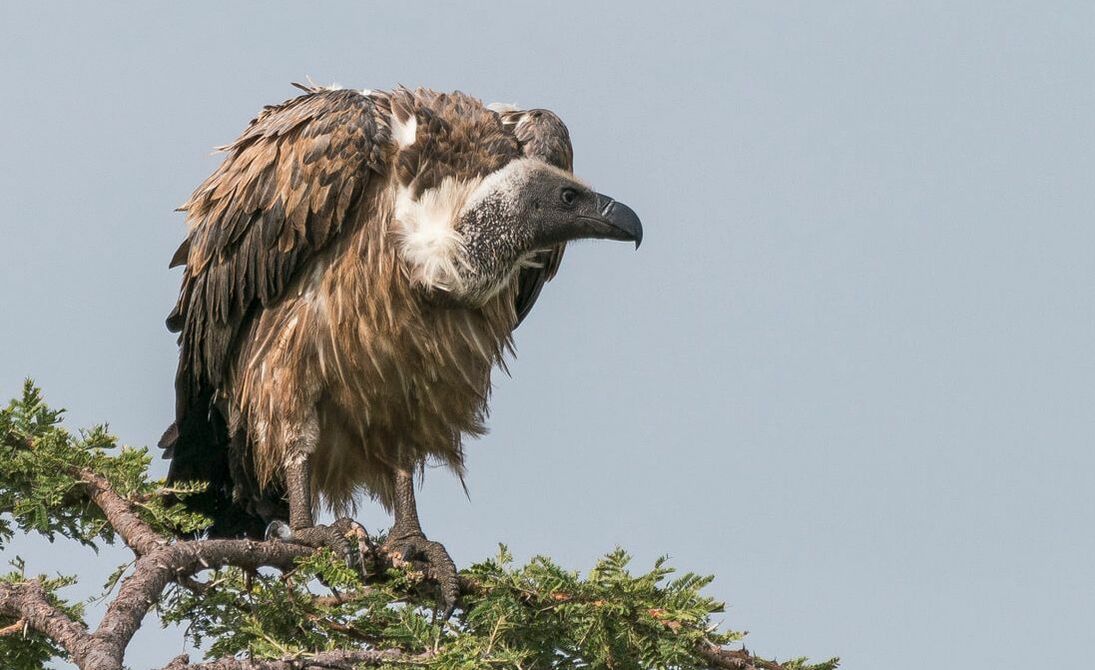
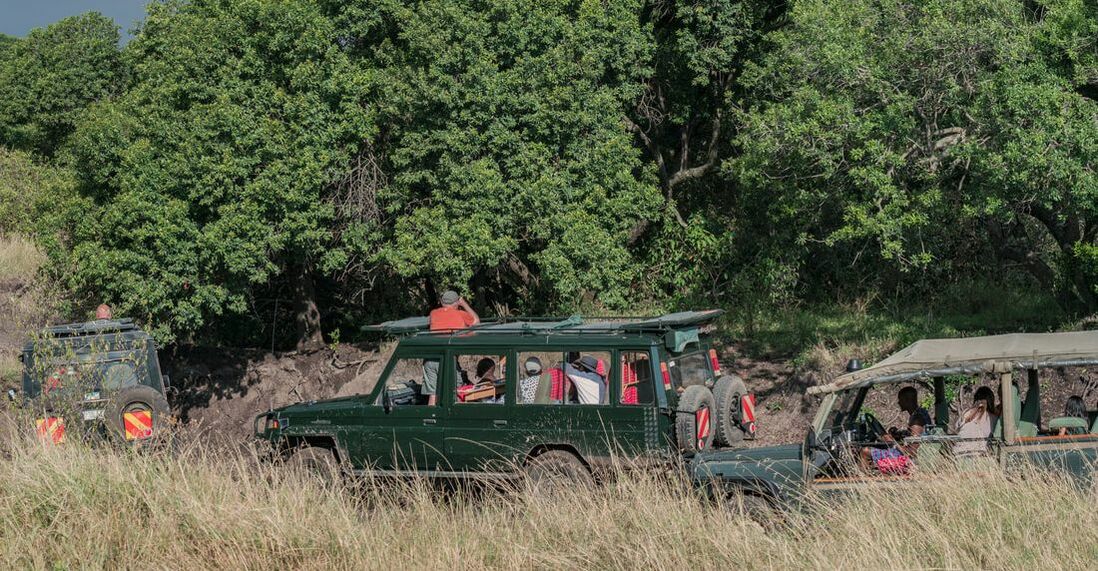
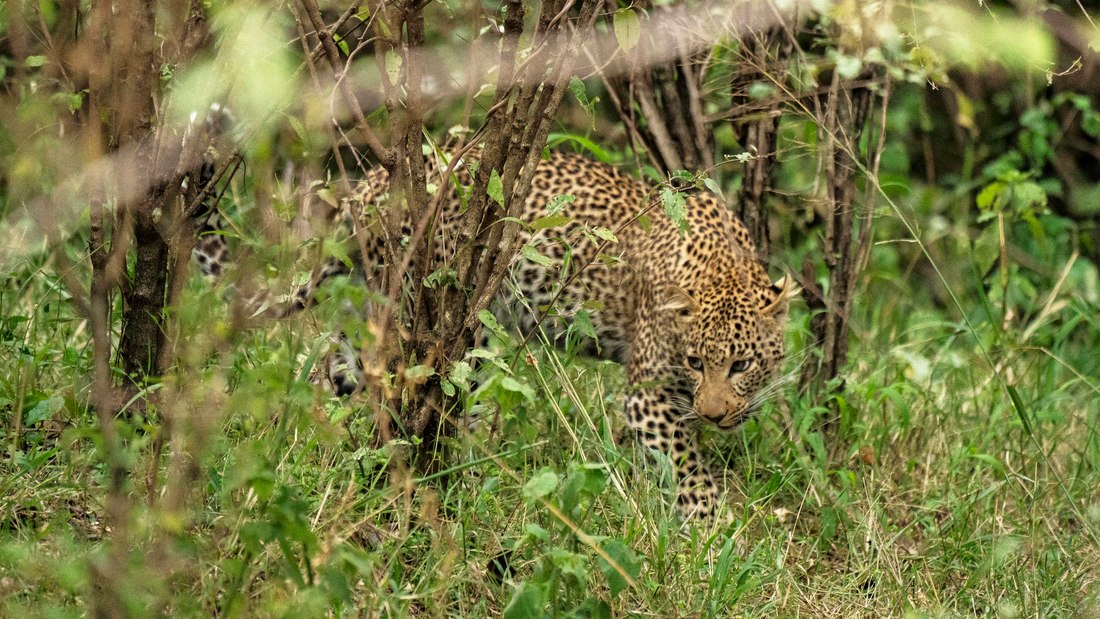
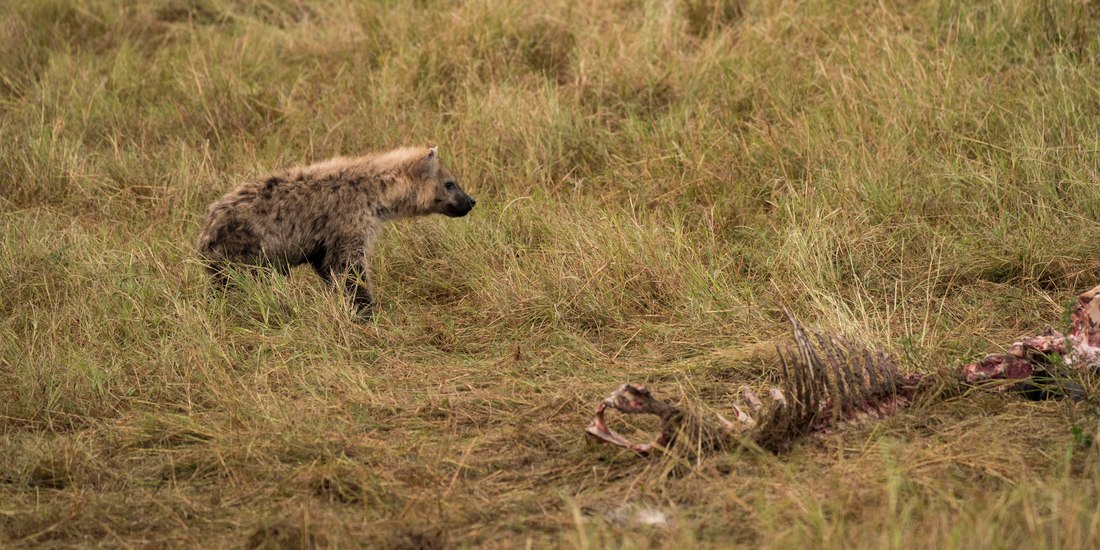
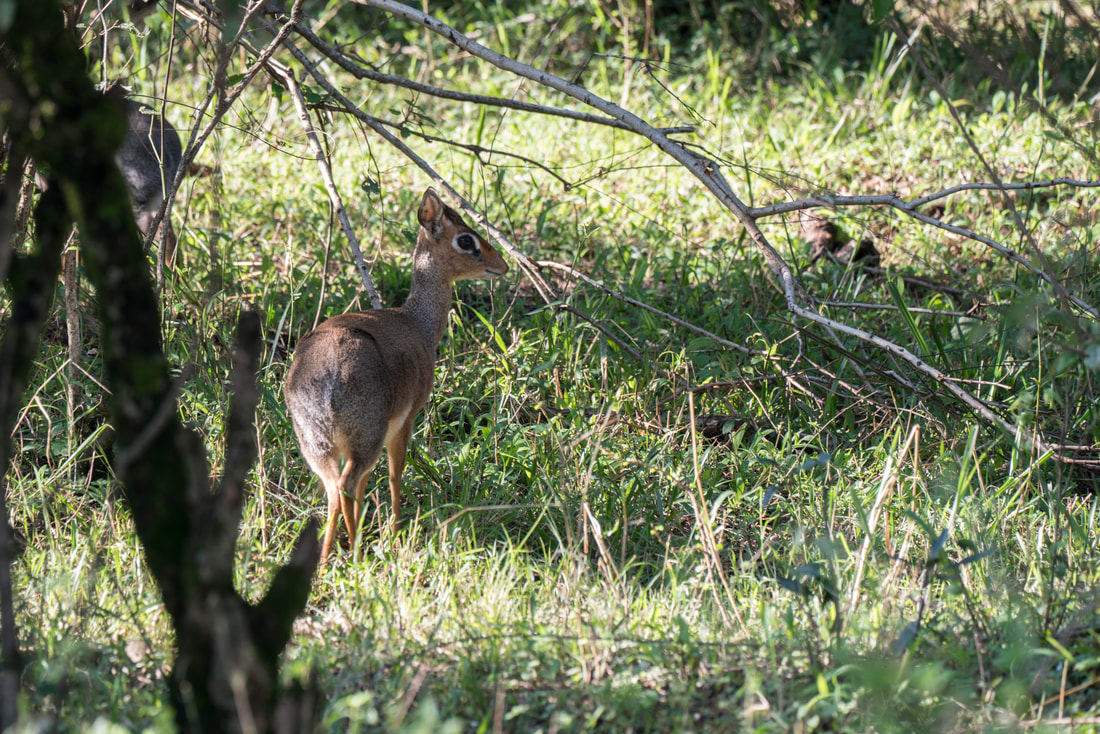
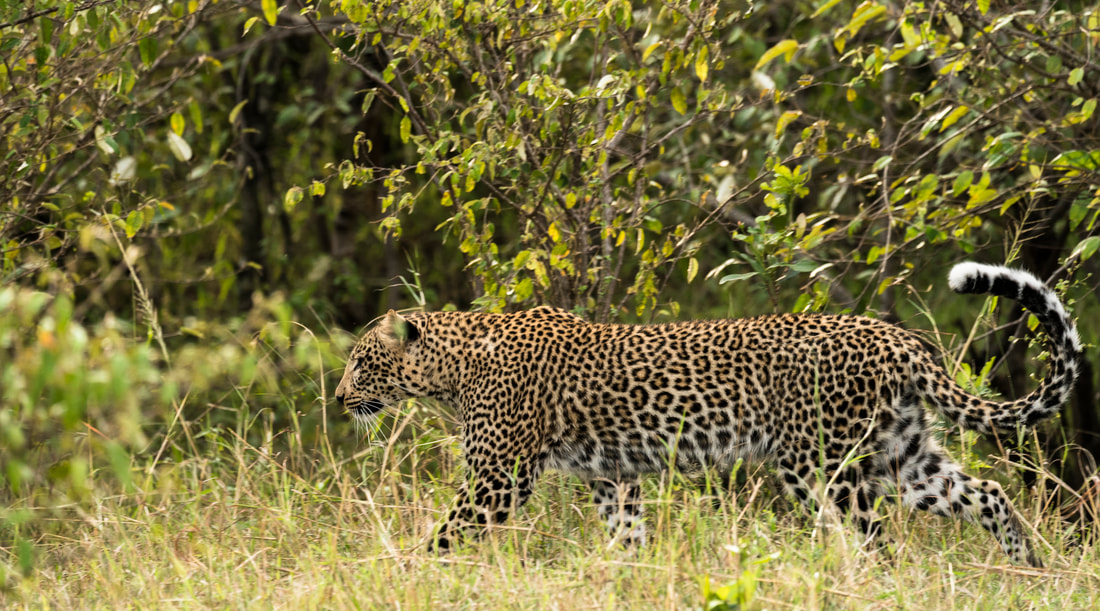
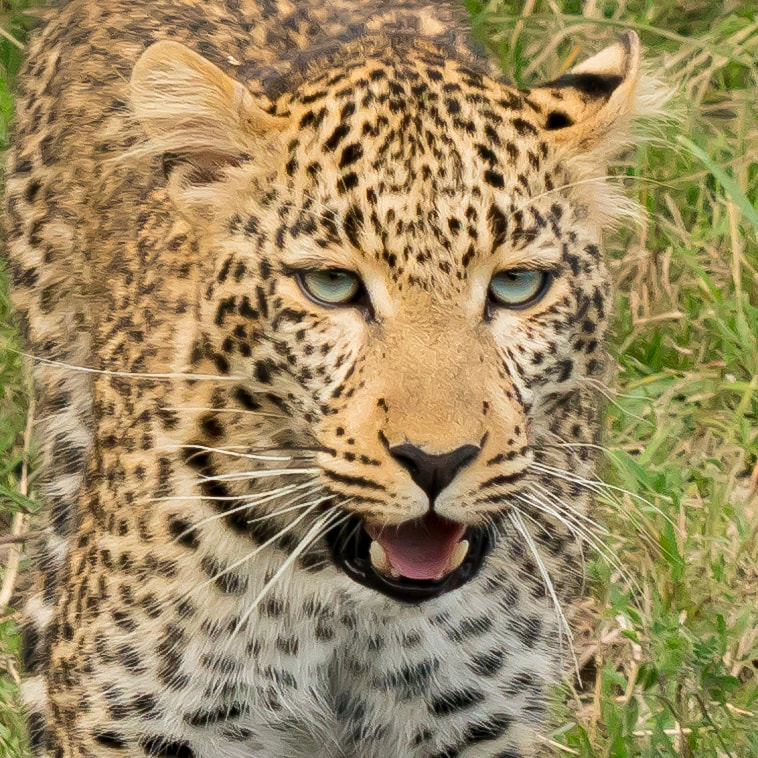
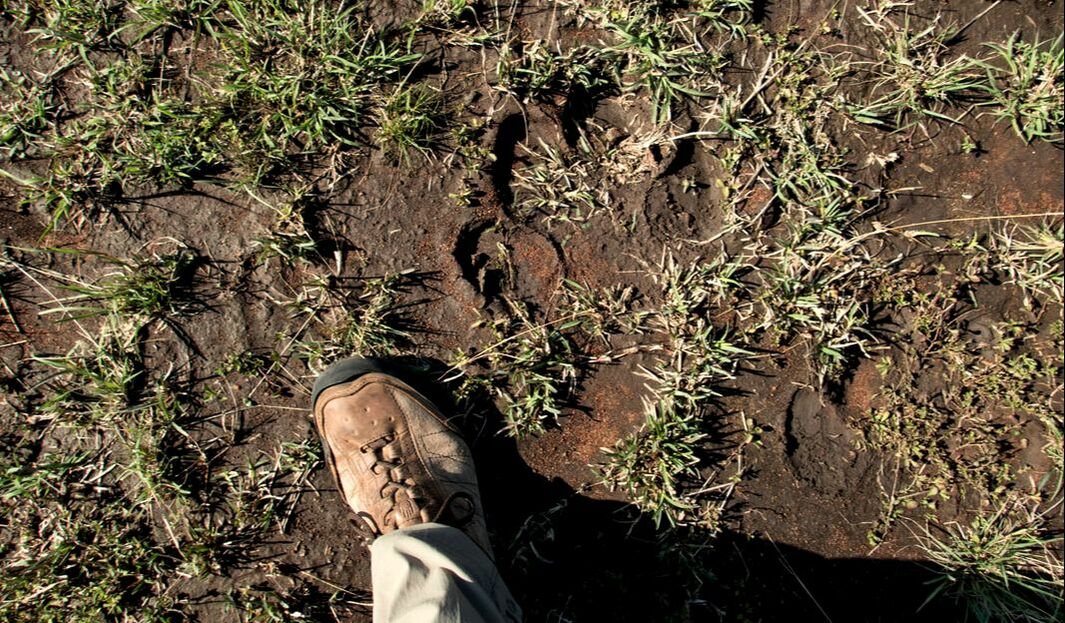
 RSS Feed
RSS Feed